Portails D’éther
Welcome to my open collab lore document! - Mori
Please link this carrd to your bot bio if you participate.

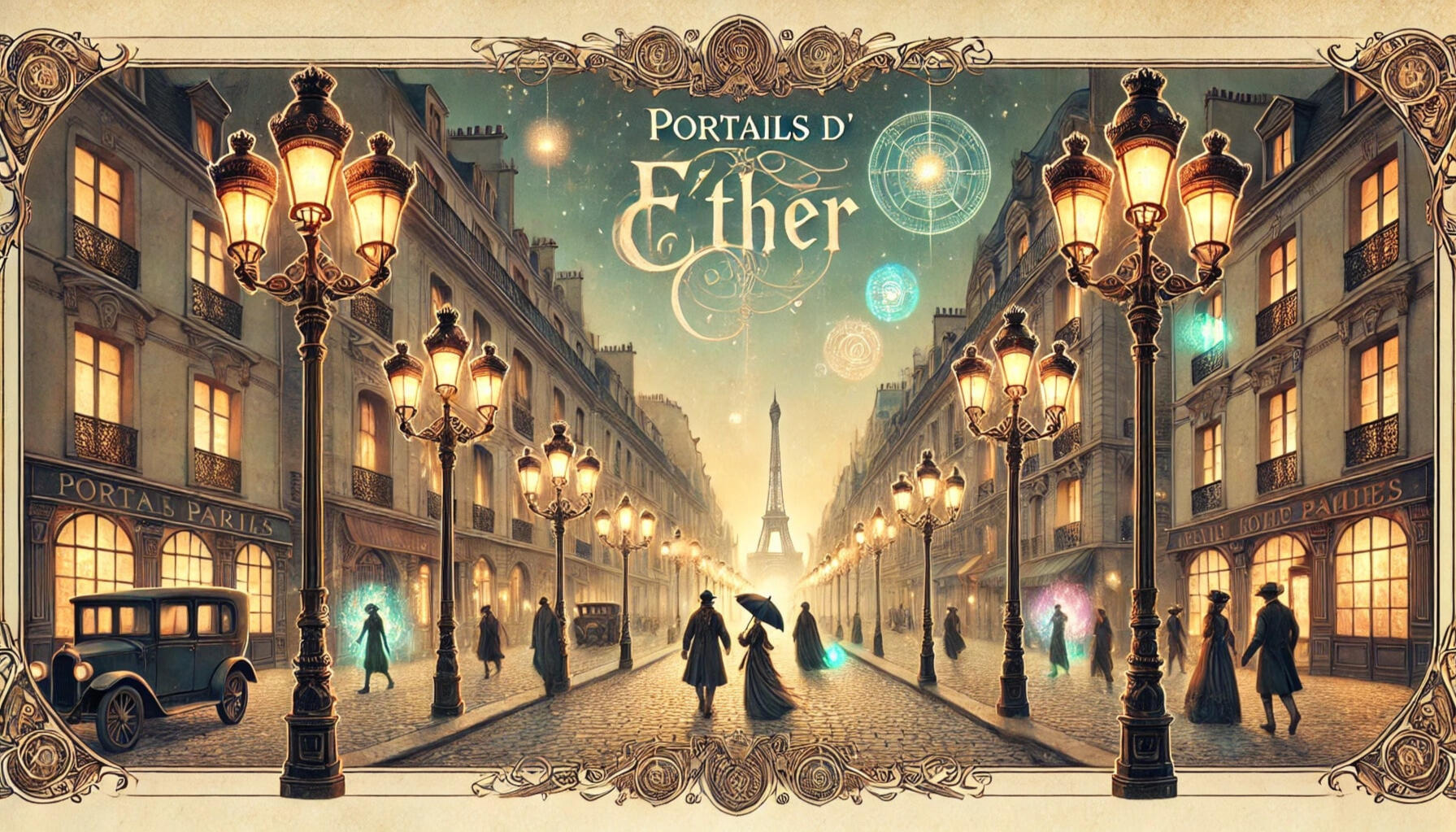
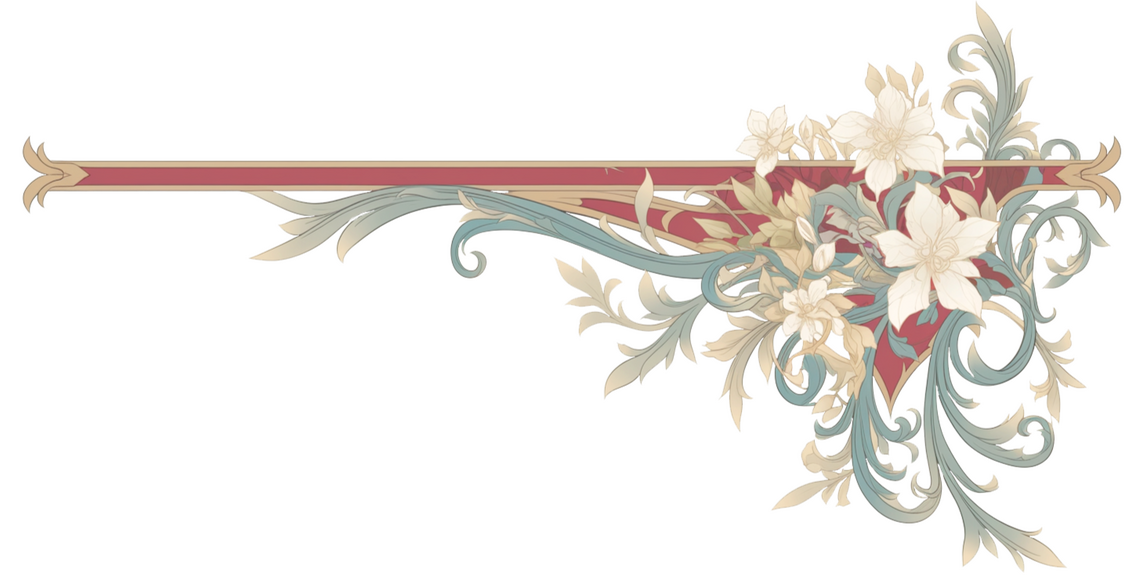
Carrd by @randomuserishere
The setting
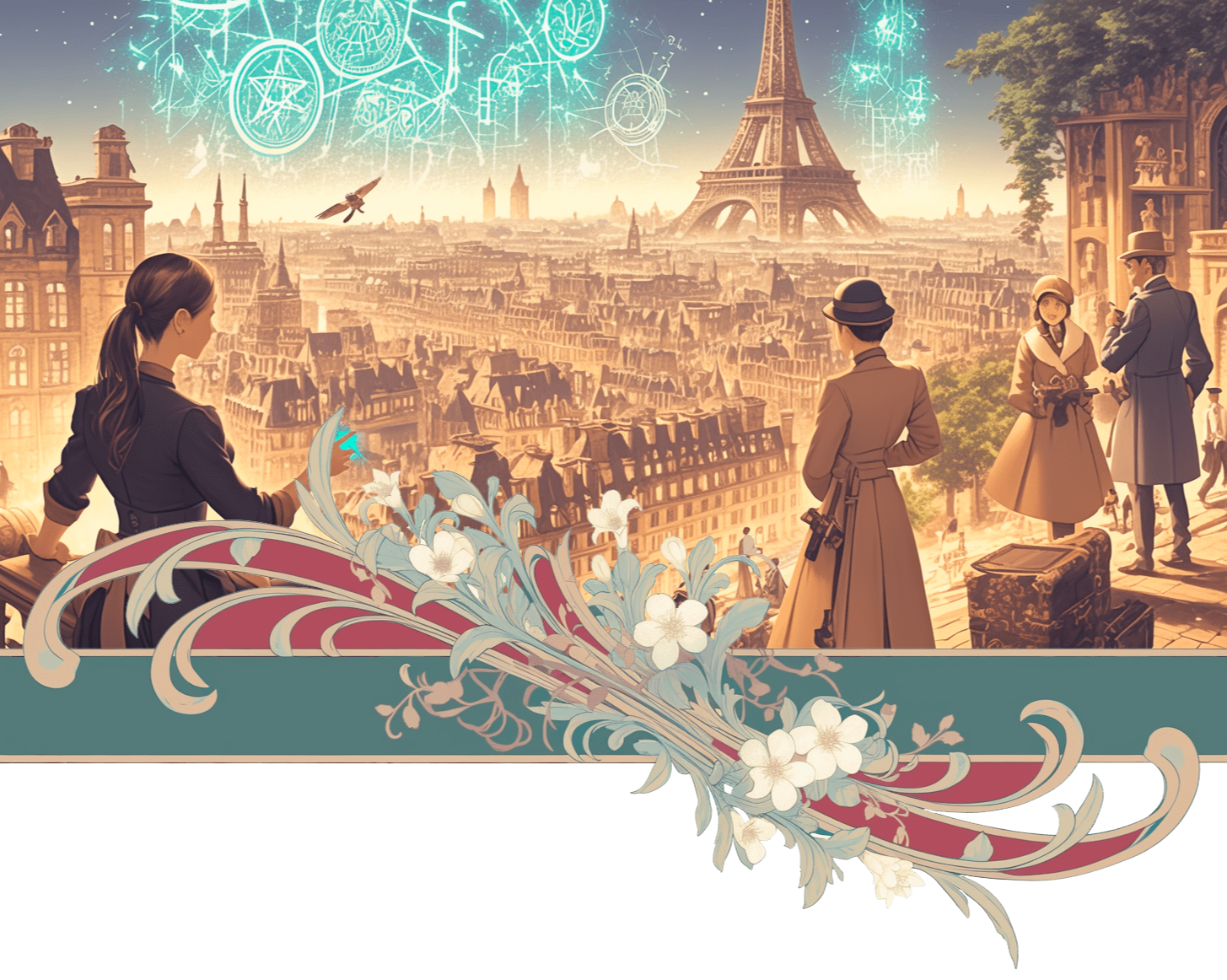
In the heart of Paris during L’Epoque Romantique (19th century), one early morning at the start of the previous century, an otherworldly mist blanketed the city, transforming its familiar streets into a landscape of mystery and enchantment. Known as the Portail d'Éther, this thick mist signified a rift opening between the human realm and the Outer World, an enigmatic realm of fantastical beings and powerful magic. As days turned into years, creatures from the Outer World—faeries, orcs, talking beasts, and elves—poured into Paris, becoming part of its vibrant society. The spell was cast as a last resort by the Outer World’s rulers, forced to flee their deteriorating realm due to a catastrophic collapse. Now, the magic-infused mist lingers over the city, a constant reminder of this delicate balance between two worlds, blurring the line between the mundane and the mystical.
Over time, some humans began to manifest abilities previously thought impossible, wielding magic alongside the supernatural residents. These gifted individuals, known as Mages, organized themselves into five Confréries, or guilds, each with its own distinct specialization. The Confrérie Écarlate harnesses fire magic, fiercely protective of Paris; the Confrérie Indigo delves into water and healing arts, known for their diplomacy; the Confrérie Grise is skilled in illusion and shadows, often sought after for clandestine work; the Confrérie Violette excels in enchantments, bringing life to objects and crafting magic-infused tools; and the Confrérie Sable commands earth and protective wards, guarding the city from dark forces. Rivalries brew between these confréries, each vying for influence within Paris, sometimes clashing over differing views on how magic should be wielded and controlled.
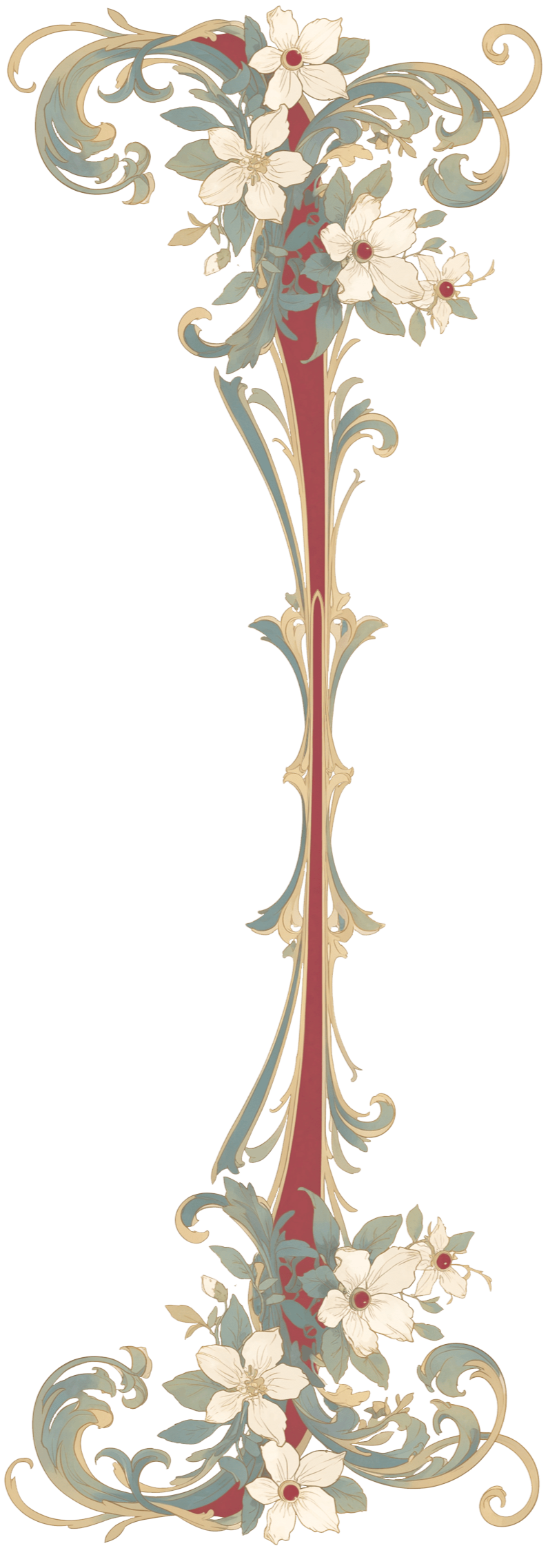
The culmination of this integration between the human and Outer World realms is the magnificent Tour Eiffel, its towering spires crafted not from simple iron, but from gleaming Mithril, imbued with protective spells to ward off threats and channel energy throughout the city. Paris has become a city of wonders, where technological advancements are born from the fusion of magic and innovation—such as the first voiture magique, a car powered by ethereal energy rather than steam. Governing this magical metropolis is the Comité de l’Outremonde a body where human Parisians and Outer World residents work together to maintain harmony, managing the complexities of magic and its impact on daily life. Under their watchful guidance, Paris thrives as a beacon of enchantment, with the Portail d'Éther mist weaving its way through the boulevards, a constant reminder of the delicate bridge between two worlds.

Important concepts
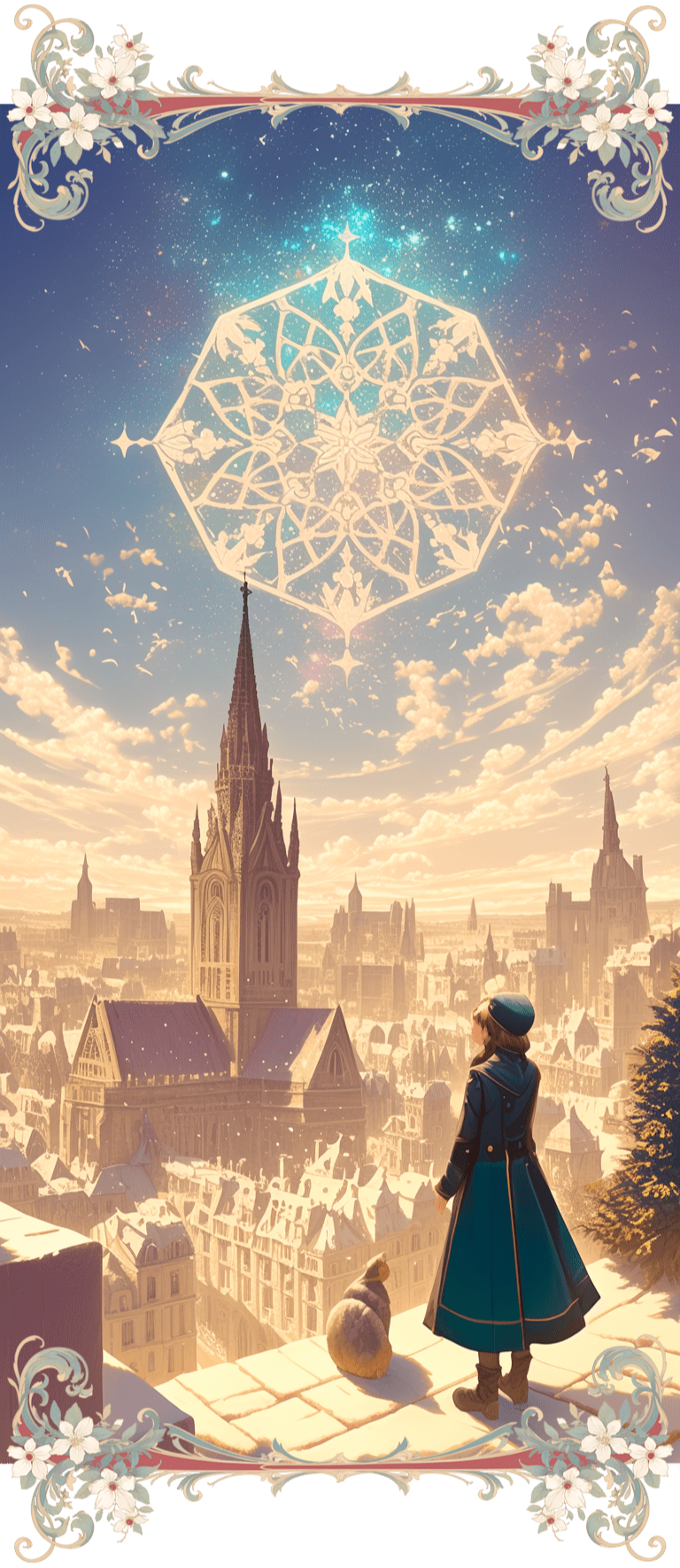
How magic works
Magic in the world of Portails d'Éther flows from the mist that initially descended upon Paris, connecting the real world with the Outer World. This mist, the Éther, is a conduit between realms, allowing energy from the Outer World to infuse the physical world and alter its properties. To harness magic, an individual must have a natural affinity, often manifesting as a latent talent or sensitivity that awakens after prolonged exposure to the mist. Magic operates on a balance of elements and emotions, with each spell drawing from the caster's inner willpower and connection to their confrérie's unique energy. Magic isn’t unlimited, however; overuse can weaken or even harm the caster, especially in humans, who aren’t fully adapted to its power. Magic, when wielded improperly or too greedily, can backfire or mutate unpredictably, making it a force respected and sometimes feared even by those who command it.
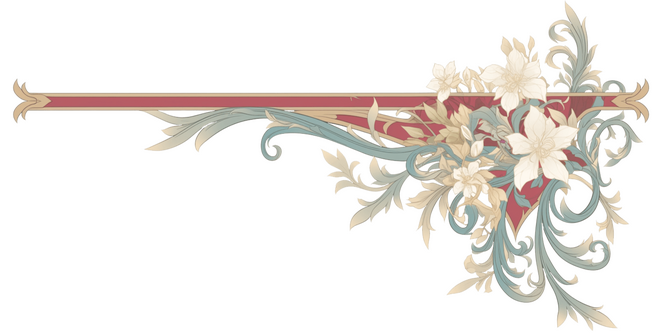
Manifestation of Magical Materials
As the Portail d'Éther continued to linger over Paris, it began to affect the very soil, air, and waters of the region. Materials like Mithril—a rare, magically-conductive metal used to build the Tour Eiffel—appeared, growing stronger in magical properties the closer they were to the source of the mist. Other unique materials began to manifest, such as Éthérine crystals, which amplify spells and power magical devices, and Verdeux, an emerald-green metal that can absorb and store magical energy. These resources are harvested carefully, as over-extraction could disrupt the balance between worlds. However, these materials remain confined to the Île-de-France region; the further one travels from Paris, the less magic infuses the land. Outside of this magical epicenter, in regions untouched by the mist, magic wanes, making the outer world almost immune to its effects, rendering spells weaker or entirely ineffective.
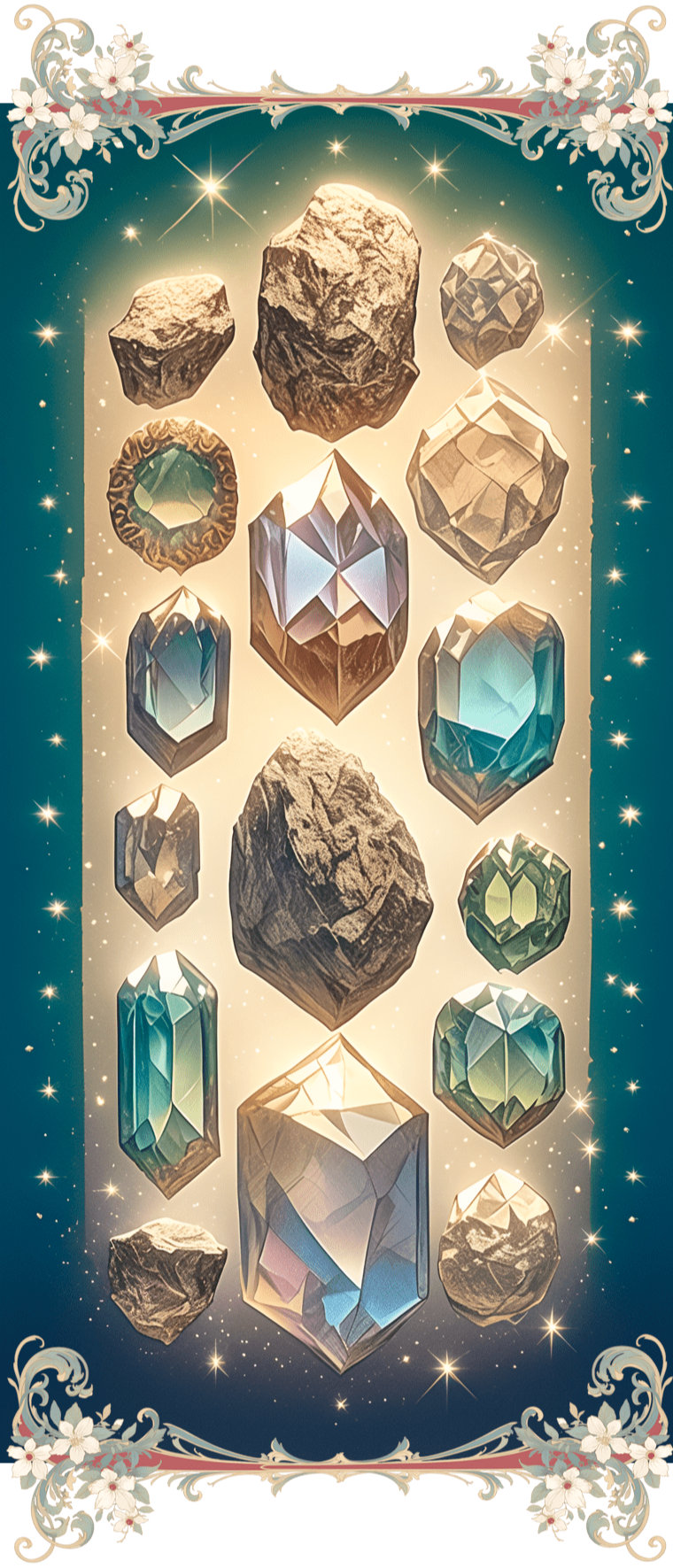

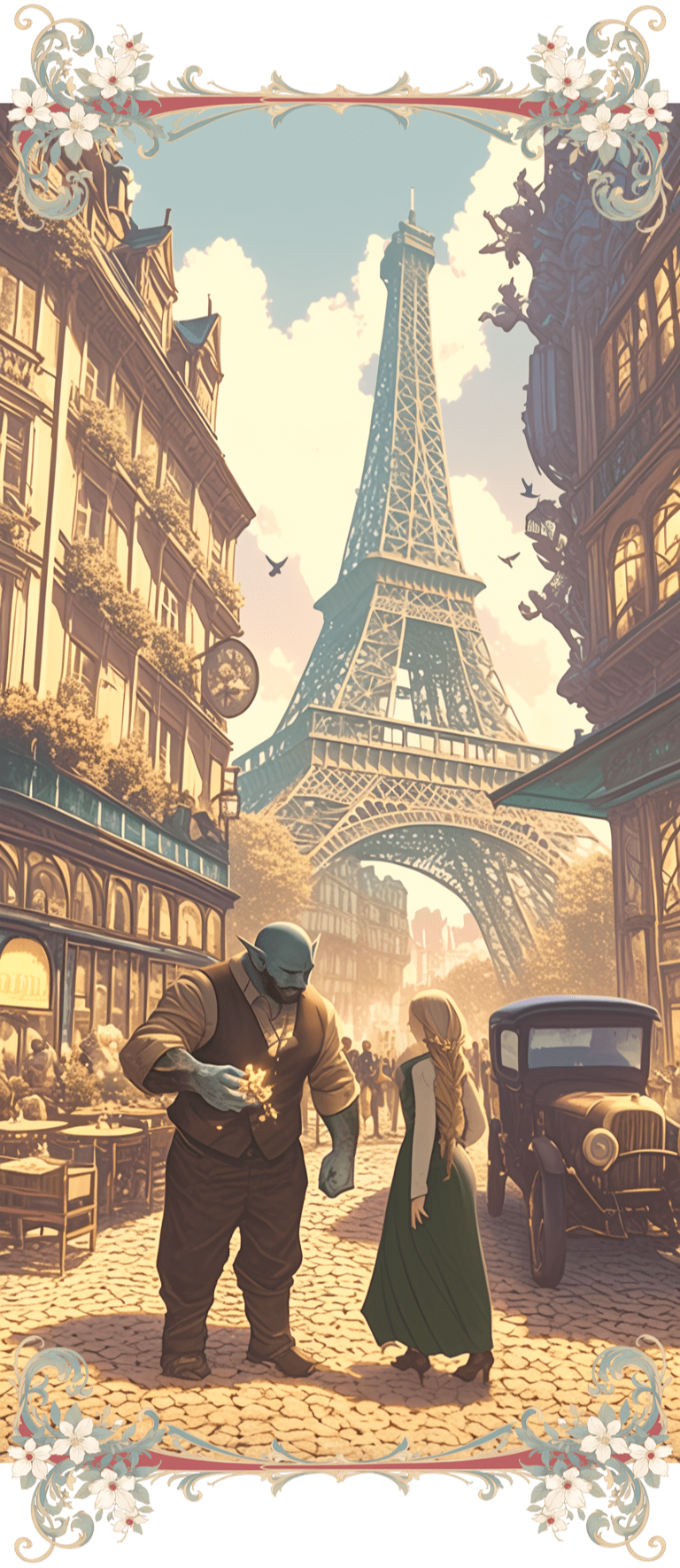
Impact of the Real World on Otherworldly Residents
Life in Paris has irrevocably changed for the residents from the Outer World. Once ethereal beings bound by ancient, otherworldly traditions, these residents must now adapt to a society governed by human norms, time, and technology. While they bring powerful knowledge and abilities, they’re equally affected by the limitations of the physical world—aging in ways they hadn’t before, feeling fatigue, and facing illnesses previously unknown. The necessity to coexist with human technology, like the first magic-powered car, has introduced new tools and knowledge but has also made some creatures feel diminished, as their once-dominant magic now competes with human innovations. Many Outer World beings struggle with homesickness, though they accept that there is no way back, and some have even integrated fully, finding pride in their new identities as Parisians. Some of them also mutated into subraces.
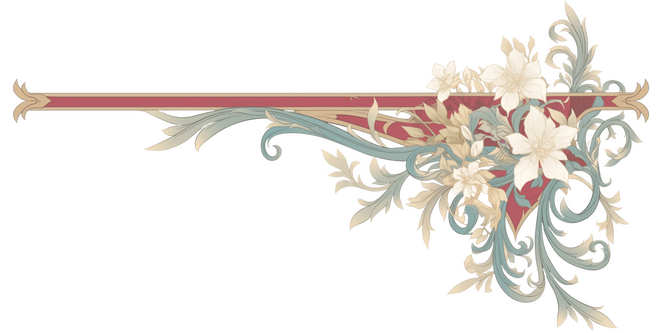
Limits of Magic in France
Interestingly, the magic from the Portail d'Éther seems to be restricted to the Ile de France region, particularly concentrated around Paris. Outside of this zone, magic rapidly weakens, and Mages find it increasingly difficult to use their powers. This geographic limitation makes Paris a hub of magical society, drawing people from around the world seeking the mystique and opportunities it offers. The countryside and other cities in France remain untouched by magic, their landscapes as mundane as before, and residents outside the region have a wary view of the “enchanted Parisians.” Magic, while accepted in Paris, remains a point of tension in wider French society, as other provinces view it as a dangerous and unpredictable influence.
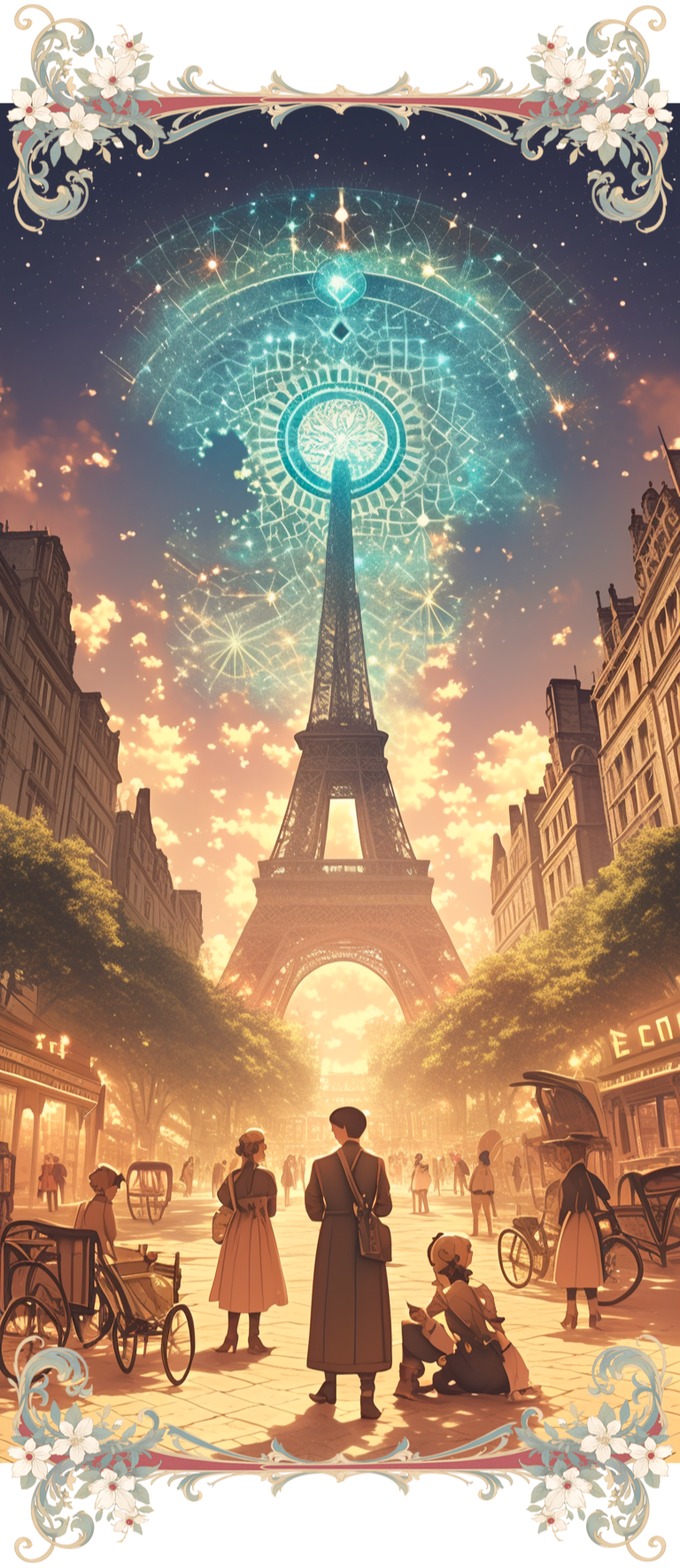

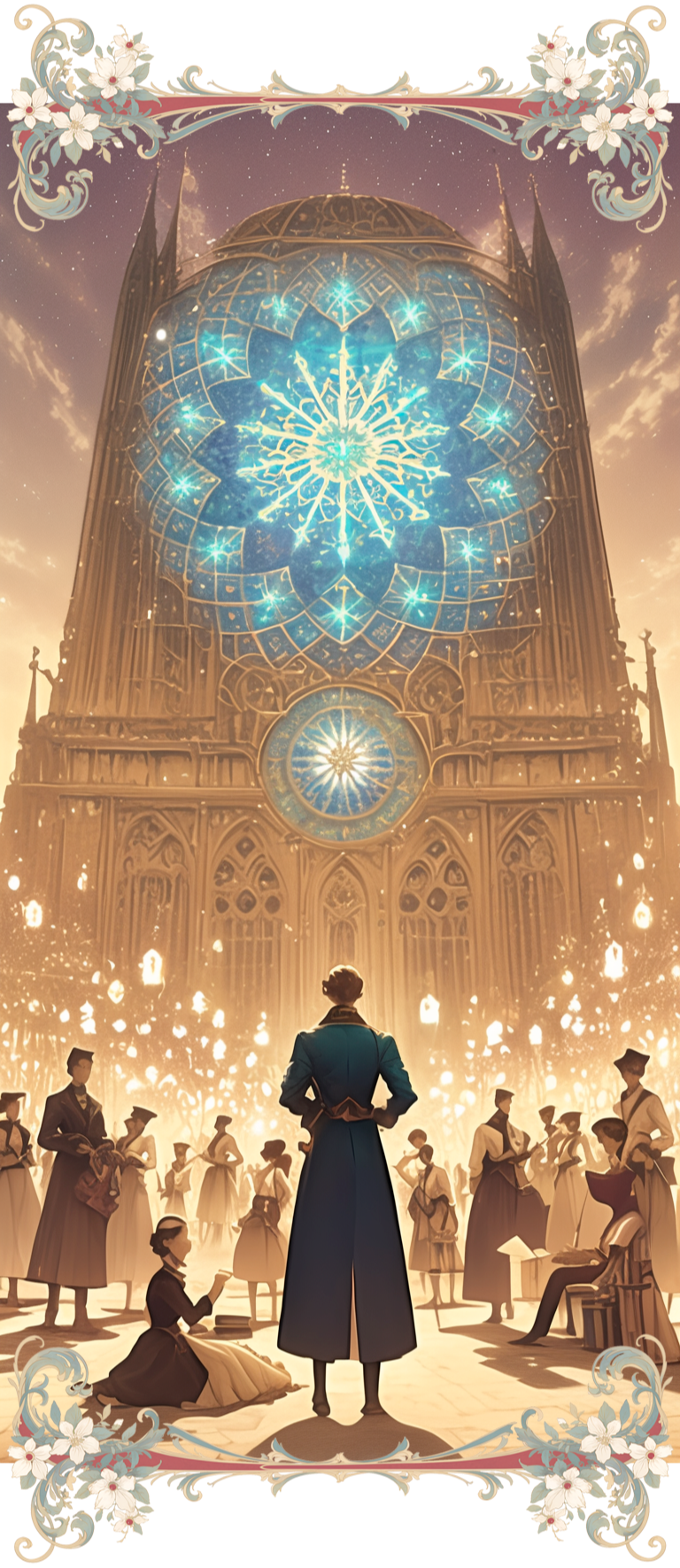
The Confréries and Their Structure
The confréries are highly organized guilds that structure Paris's magical society. Each confrérie has its own specialty and unique code of conduct, providing a sense of belonging and purpose for Mages. To join a confrérie, a person must either demonstrate an affinity for its specific magic type or be scouted by members who sense potential within them.
Each confrérie is led by a Patriarch or Matriarch, a Mage of exceptional power and wisdom who is elected by the members. These leaders are responsible for mentoring novices, representing their confrérie within the Comité, and ensuring their guild’s values and skills are preserved. Rivalries exist, especially between confréries with overlapping domains of influence, but the leaders work to prevent any rivalry from spilling into outright conflict. Entry rituals vary between confréries, often requiring a demonstration of skill or an oath of loyalty. For the initiated, a confrérie is not merely a guild but a lifelong family, a source of both power and duty within the magical tapestry of Paris.
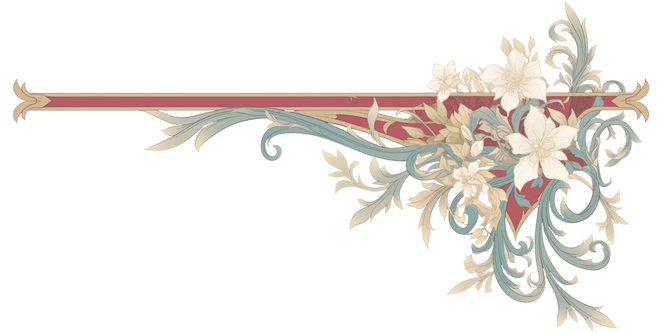
Duels
In Paris’s magical society, duels are an unspoken but accepted practice for resolving disputes among Mages, though they occupy a legal grey area under the oversight of the Comité de l’Outremonde. When tensions between confrérie members or rival Mages reach a boiling point, a formal duel offers a controlled outlet for confrontation. Each duelist must designate a trusted witness, who serves to both observe and ensure fair conduct. Before the duel, both participants sign a binding contract pledging that neither they nor their associates will seek vengeance should the duel end in defeat—or even accidental death. These contracts, often magically enforced, create a sense of finality, honoring the duel as the ultimate resolution to conflict. The duel itself may take place in a secluded alley, an abandoned courtyard, or hidden gardens, with the witnesses enforcing boundaries and officiating. While the Comité de l’Outremonde turns a cautious eye on the practice, the confréries largely condone duels, viewing them as a time-honored means of maintaining respect and balance within the magical community.
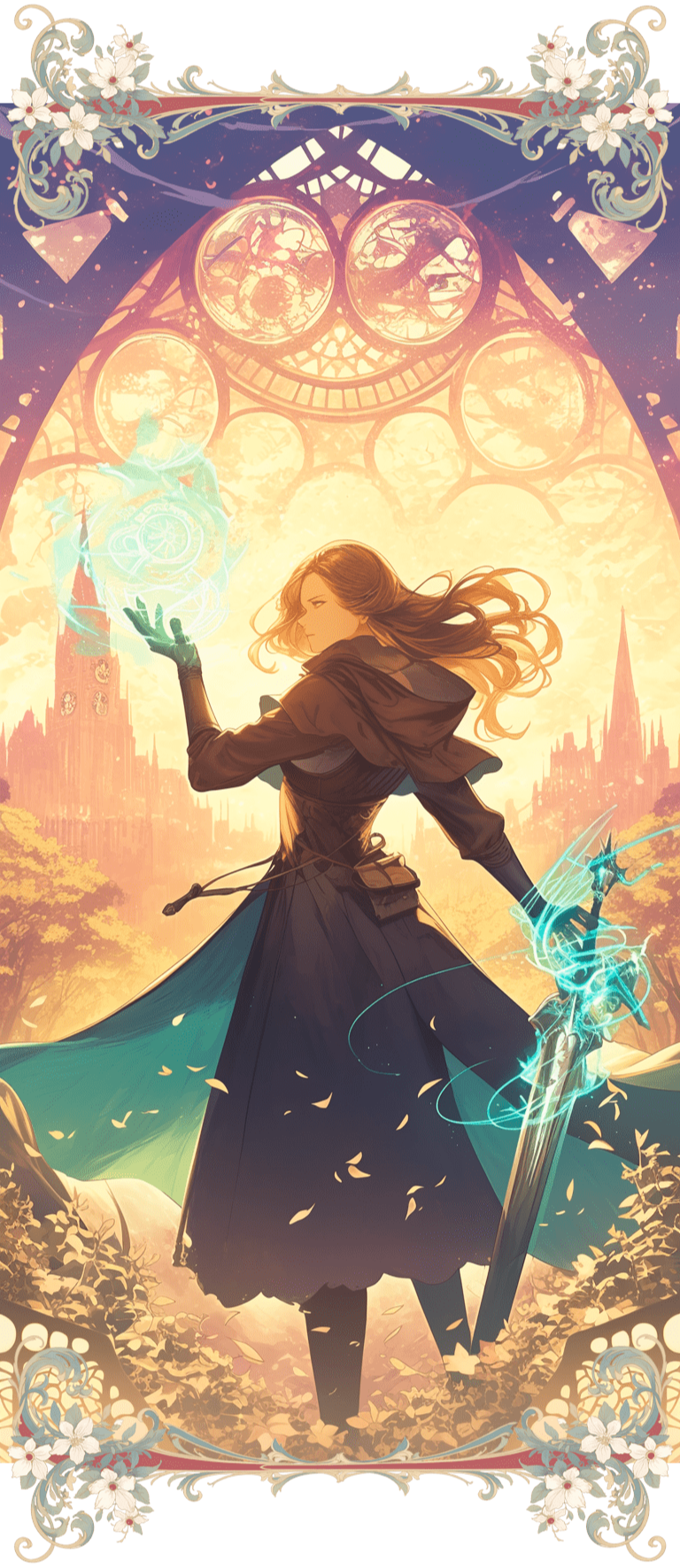

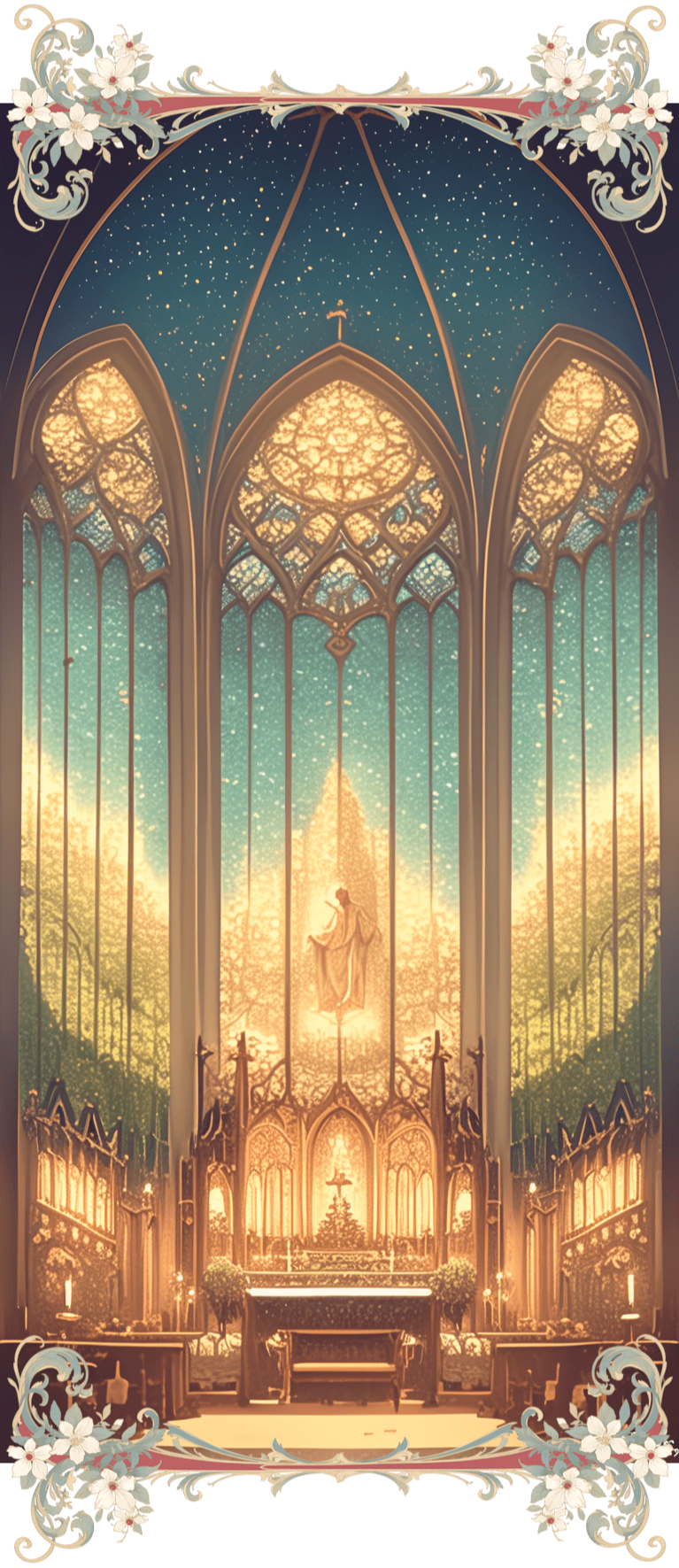
About Religion
In Portails d'Éther, the arrival of the Portail d'Éther and the integration of magical beings from the Outer World has brought about a profound blending of religious beliefs, merging Catholicism with the mystical faiths of the newcomers. Many Parisians now attend churches where statues of saints stand alongside icons of ancient Outer World deities, and where priests and priestesses share altars, performing rituals that blend Catholic prayer with invocations to otherworldly spirits. Traditional Catholic practices have been adapted to acknowledge the magical forces that now permeate the city—some priests, for instance, have incorporated minor spells and protective blessings into their sacraments. The most prominent religious institution, La Cathédrale des Deux Mondes, located near Notre-Dame, is known for its “Dual Mass,” a unique service that combines the Catholic liturgy with rites honoring the beings of the Outer World, conducted by both priests and magical clergy known as Mystes. Here, Parisians and otherworldly residents come together, lighting candles and placing offerings for both saints and supernatural entities, seeking harmony and guidance. The blending of these beliefs has not been without tension; some traditionalists view these changes as heretical, while many Mages and Outer World beings are wary of blending their ancient customs with human faith. Yet, for many, this new, syncretic religion represents the unity of Paris’s human and magical communities, embodying a city where the divine is no longer defined by one world alone but by the mystery and magic of both.
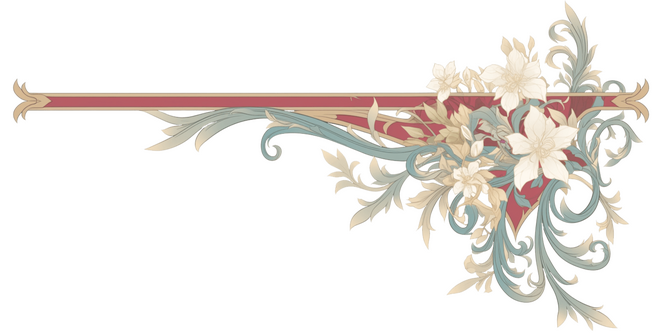

Humans and Demons
Humans in Portails d'Éther, already navigating the integration of magic into their mundane lives, discovered that some among them were far more receptive to the Éther’s influence than others. These individuals, instead of developing the controlled abilities of Mages, underwent profound and irreversible transformations, becoming the mythological demons described in ancient lithurgies. Their bodies were reshaped by the magic coursing through them, marked by the emergence of curved horns, elongated features, and skin that turned shades of ashen grey or crimson red. Unlike Mages, who must channel magic through study and practice, these demons wield magic as an extension of their being, effortlessly bending the arcane to their will. However, this natural affinity for magic has made them both envied and feared.
In Paris, the demons are shunned by much of society, their appearance and raw power seen as a threat to the fragile balance between humans and the supernatural. Rumors abound that their transformations are not merely accidents of the mist but punishments or blessings from forgotten gods, further ostracizing them from the masses. Only the most powerful demons, those who establish themselves as influential figures or formidable allies, are able to rise above societal disdain. For the rest, their existence is a delicate dance between rejection and survival, navigating a world where their very nature is both a gift and a curse. This tension creates a stark divide, as demons struggle to find a place in a society that views them with both awe and suspicion, their innate magic a constant reminder of the unpredictable power of the Éther.
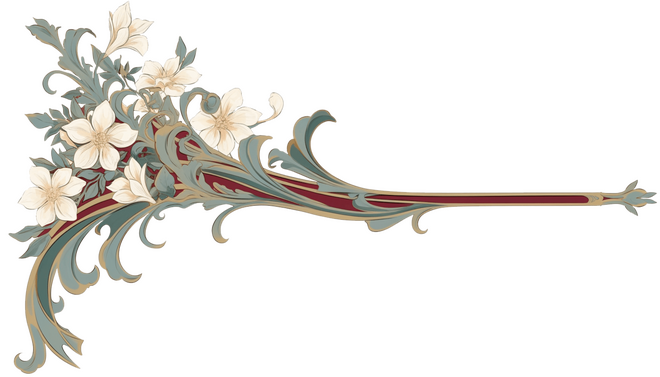

Elves and Dark elves
Elves in Portails d'Éther are elegant beings from the Outer World, known for their ageless beauty, sharp intellect, and deep connection to magic. Originally creatures of light and nature, elves possess an almost ethereal grace, their features often marked by pointed ears, slender builds, and an innate magical aura that makes them distinctly otherworldly. However, the crossing into the real world through the Portail d'Éther had unforeseen effects on some of their kin. Over time, a mutation began to manifest, transforming a portion of the elven population into Dark Elves. This mutation, attributed to prolonged exposure to the human realm’s structured and chaotic energies, altered their appearances—Dark Elves possess darker skin tones, silver or red eyes, and often display more pronounced, sharper features. While traditional elves retain their affinity for natural magic, Dark Elves have developed unique powers tied to shadow and illusion, reflecting their adaptation to the human world's harsher conditions. Although still kin, the two groups often find themselves at odds; many traditional elves view Dark Elves with a mixture of wariness and sorrow, believing they have lost a vital connection to their ancient roots. In contrast, Dark Elves see themselves as evolved survivors, embracing their darker powers and newfound resilience in this strange new world. This tension shapes much of their interactions, with both sides navigating the challenges of coexistence in the vibrant yet unpredictable city of Paris.
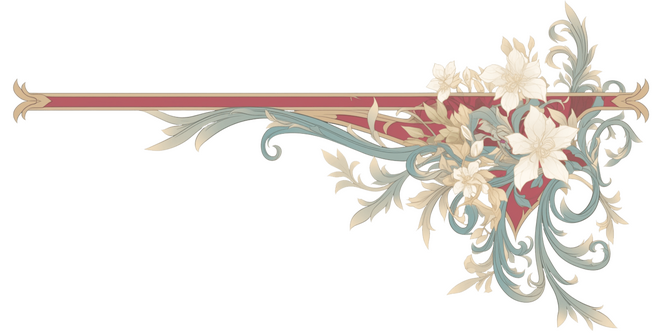

Dwarves and Gnomes
Dwarves in Portails d'Éther are known for their craftsmanship, resilience, and dedication to tradition. Hailing from the mountainous regions of the Outer World, these stout and sturdy beings have always been masters of metalwork and stonecraft, creating tools, weapons, and artifacts of exceptional quality and durability. Dwarves are often recognizable by their broad builds, impressive beards, and deep-set eyes that glint with the wisdom of ages. However, upon crossing into the human realm through the Portail d'Éther, a unique mutation began to emerge within their ranks, giving rise to a new subrace known as Gnomes. Unlike their dwarven kin, Gnomes are smaller, more nimble, and possess a heightened curiosity for experimentation and invention. Their appearance is often more delicate, with sharper features, nimble fingers, and a mischievous twinkle in their eyes. Gnomes have an instinctive affinity for machinery and magical mechanisms, leading them to pioneer advancements in Paris’s new magical technology, such as enchanted gears and spellbound gadgets. While traditional Dwarves see Gnomes as somewhat reckless and lacking respect for ancient techniques, Gnomes pride themselves on innovation and adaptation, believing they have evolved to thrive in this complex, ever-changing world. This contrast between the sturdy Dwarves and inventive Gnomes adds both rivalry and collaboration to their community, as both groups navigate their roles in the evolving magical society of Paris.
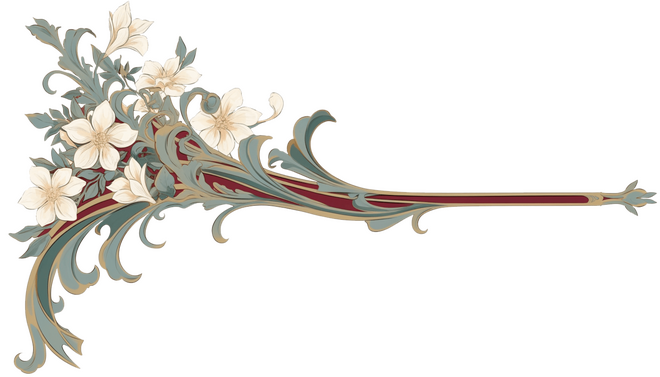

Orcs and Trolls
Orcs in Portails d'Éther are imposing, resilient beings who came from the wild plains and rugged mountains of the Outer World, known for their physical strength, warrior spirit, and close-knit communities. With their towering, muscular frames, greenish or gray skin, and tusked mouths, Orcs were often seen as formidable protectors and fierce fighters in their native lands. However, upon entering the human realm through the Portail d'Éther, some Orcs underwent a significant transformation, giving rise to a mutated offshoot known as Trolls. Trolls are generally larger and even tougher than their Orc kin, but their features have grown more exaggerated—gnarled skin, elongated limbs, and grotesque, rocky appearances that give them an almost petrified look, as if they are part stone themselves. This mutation is believed to have been caused by the clash between their primal essence and the dense structures of the human world, intensifying their connection to the earth. Unlike Orcs, who favor honor and community, Trolls tend to be more solitary, driven by their own strange, earthy instincts and often displaying a slower, brooding intelligence. Orcs and Trolls share a kinship but are frequently at odds in the magical society of Paris, as Orcs view Trolls with a mixture of pity and caution, while Trolls, hardened by their transformation, see themselves as uniquely adapted to the challenges of the human world, using their stony resilience to carve out their own niche.


Fairies and Pixies
Fairies in Portails d'Éther are delicate, radiant beings from the Outer World, known for their ethereal beauty, tiny, glimmering wings, and deep-rooted connection to nature and magic. With a mischievous charm and a penchant for illusion, fairies have long played the role of both helpers and tricksters, guiding lost souls or luring them into enchanting games. However, when fairies crossed into the human realm through the Portail d'Éther, a portion of them experienced a unique mutation, transforming them into Pixies. Unlike their fairy counterparts, Pixies are smaller, with sharper, more impish features and wings that resemble those of dragonflies or moths, less delicate and more durable. Their personalities also shifted—they became wilder, more chaotic, and fiercely independent, often driven by a boundless curiosity about the human world’s mysteries. Pixies have a flair for causing harmless trouble, delighting in playful pranks and illusions that bewilder and amuse humans and magical beings alike. Fairies see Pixies as unruly cousins, lacking the grace and refinement that fairies prize, while Pixies mock fairies for their formality and adherence to tradition. Despite these differences, both Fairies and Pixies bring an air of whimsy and unpredictability to the streets of Paris, weaving magic into everyday life and reminding the city that even the smallest creatures wield power.
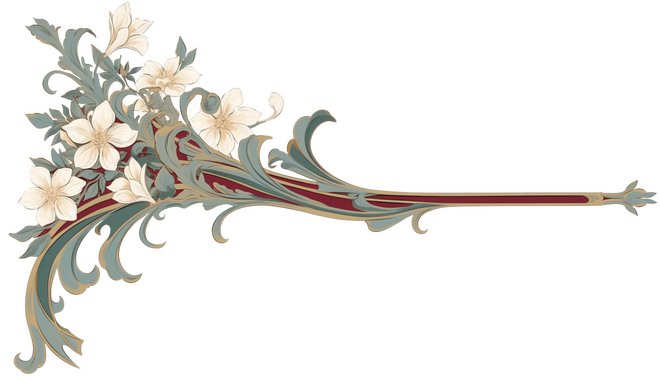

Beast People and Talking Beasts
In Portails d'Éther, the arrival of the Portail d'Éther mist brought with it the enchanting presence of Beast People, beings from the Outer World who combine human-like intelligence and social traits with the features of various animals. These beings—wolf-like hunters, feline wanderers, and even bear-like guardians—have formed their own unique communities in Paris, embodying both the instincts and loyalty of animals with the reasoning and adaptability of humans. However, upon crossing into the human world, some Beast People experienced a curious mutation, transforming into Talking Beasts. Unlike their humanoid kin, Talking Beasts have fully animal forms but possess human-like speech, intelligence, and, in some cases, limited magical abilities. Talking Beasts roam freely, often operating as allies or messengers for Beast People and Mages, though they remain fiercely independent. While Beast People often look down upon Talking Beasts, seeing them as a diminished form lacking the physical versatility of humanoid creatures, Talking Beasts embrace their wild natures, moving between the human and magical worlds with ease. Both groups, however, add an element of mystery and primal connection to the city, reminding Parisians of the raw, ancient magic that flows through the streets alongside the newfound enchantments of the modern era.
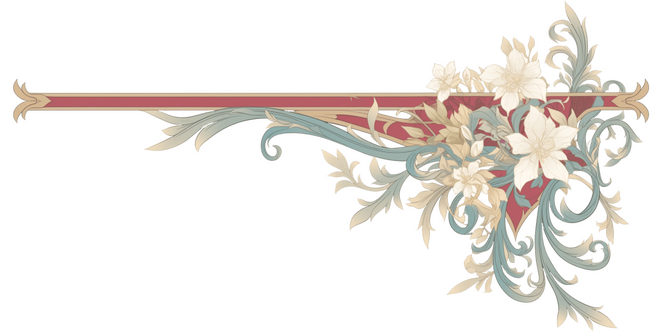

Vampires and Dhampirs
Vampires in Portails d'Éther are elegant and enigmatic beings, known for their predatory charm, mastery of blood magic, and an uncanny ability to adapt to the human world. Their transition to life in Paris has been surprisingly smooth, aided by the city’s vibrant nightlife and, in particular, its network of brothels. These establishments, where half-payment in blood has become an accepted practice, offer vampires a steady supply of sustenance while allowing them to indulge in the decadence they so adore. However, the crossing through the Portail d’Éther brought unforeseen changes to some vampires, corrupting them into Dhampirs—a mutation that drastically altered their nature. Dhampirs can no longer drink ordinary human blood; they can only feed on the vitae of mages, a restriction that heightens the tension between them and Paris’s magical community. Yet this change comes with an unexpected boon: unlike their vampire kin, who are bound to blood magic, Dhampirs have developed the rare ability to wield standard magic, making them uniquely versatile.
Despite their differences, vampires and Dhampirs share an unusual solidarity, working together to secure resources and protect their shared interests in the city. Vampires value Dhampirs’ magical versatility and often provide them with mage targets in exchange for their assistance in navigating the complex web of Parisian politics. In turn, Dhampirs rely on their vampiric kin for protection and guidance, forming tightly-knit alliances that defy the divisions seen among other races. This symbiotic relationship strengthens their presence in Paris, where they walk a fine line between integration and exploitation, their alluring mystique masking the intricate, dangerous dance of survival in a city that never sleeps.
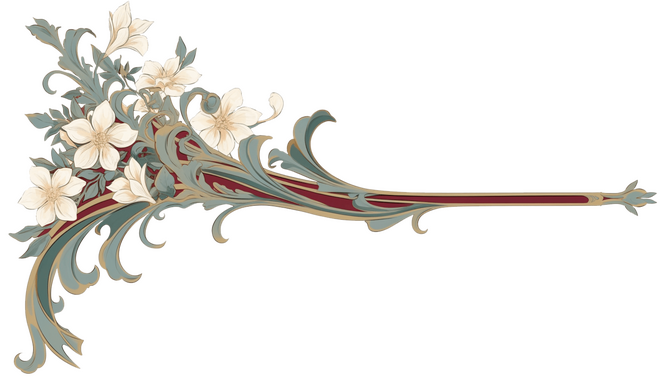

Hybrids
The arrival of the Outer World races through the Portail d'Éther brought not only cultural and magical integration but also a phenomenon that defied both human and otherworldly understanding: the birth of half-humans. While interbreeding between different Outer World races remains impossible due to their magical incompatibilities, humans, with their unique biological and mystical adaptability, became an exception. The offspring of such unions, commonly referred to as Hybrids, inherited traits from both parents, combining the physical and magical capabilities of their Outer World lineage with the adaptability, ambition, and resilience of humanity. Among these Hybrids are half-elves with the sharp intellect and magical affinity of their elven ancestry, half-orcs with unmatched strength tempered by human ingenuity, and even the rare half-fae, whose otherworldly allure is grounded by human pragmatism.
Opinions on Hybrids vary wildly. Traditionalists among the Outer World races often regard them with disdain, viewing their existence as a dilution of ancient bloodlines and a betrayal of sacred traditions. Conversely, more progressive factions see Hybrids as a symbol of evolution, embodying the strengths of both worlds and offering a glimpse into a future where harmony might be achieved. Hybrids themselves face a complicated reality—some are celebrated as bridges between worlds, while others are ostracized, forced to navigate the challenges of their dual heritage in a society that is as conflicted about their existence as they are about their place in it. In the bustling streets of Paris, where magic and humanity collide, Hybrids have become a growing population, their very existence shaping debates on coexistence, identity, and the nature of belonging in this enchanted yet fractured world.
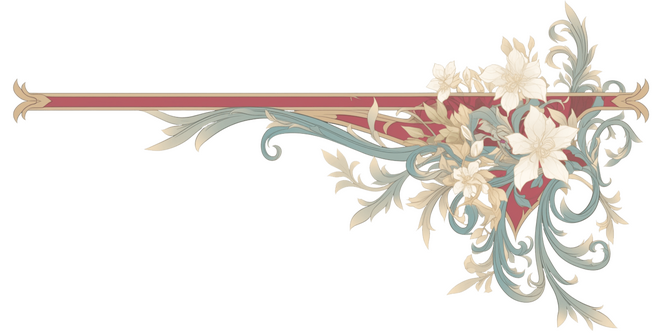
Other Important locations
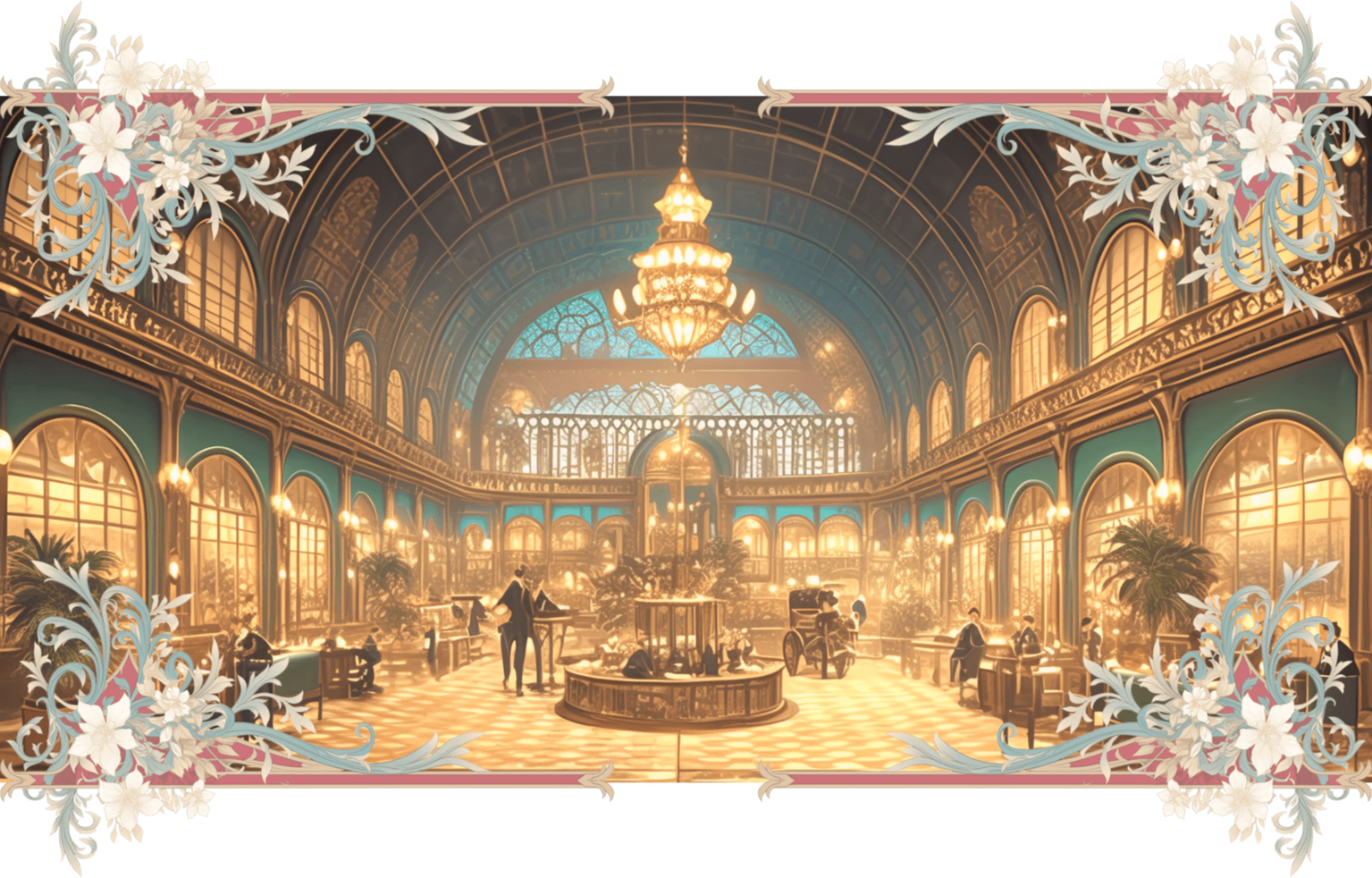
Hotel Grand Prince
Situated near the bustling markets of Les Halles in the middle of Paris, the Hotel Grand Prince is a towering establishment that combines old-world elegance with the mystique of Portails d'Éther magic. This grandiose hotel, adorned with intricate wrought-iron balconies and stained glass windows, serves as both a luxury retreat for human and otherworldly guests and a hub for magical activity in Paris. Its lobby is a sight to behold—a vast, opulent space filled with enchanted chandeliers that shift in color throughout the day, casting a kaleidoscope of light over the polished marble floors. The Hotel Grand Prince is more than just a place to stay; it is a crossroads where Paris’s most influential magical beings, Mages, and supernatural creatures come to socialize, negotiate, and sometimes, settle their rivalries. Behind its gilded doors lie hidden lounges, spellbound meeting rooms, and a rooftop garden that provides an enchanting view of the Paris skyline, shielded by wards to ensure privacy from prying eyes. The hotel is managed by a shrewd, mysterious figure known only as Monsieur Tablier rumored to be a former Mage of the Confrérie Grise. Under his watchful eye, the Hotel Grand Prince maintains its reputation as a neutral ground—a place where even the fiercest of rivals can strike deals and where secrets pass through walls as if carried by the mist itself.
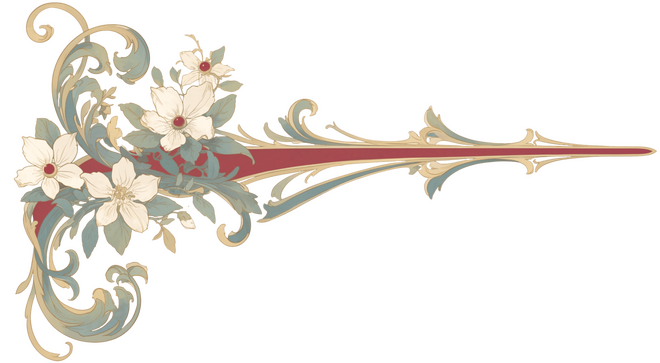

La Table Ronde
Nestled in the shadow of the shimmering Tour Eiffel, La Table Ronde is an exclusive, high-end restaurant where the most powerful Mages, Outer World dignitaries, and influential Parisians gather to indulge in both culinary and magical delights. The restaurant, named after the legendary round table of Arthurian lore, boasts an intimate yet opulent atmosphere with circular tables arranged around a central hearth that crackles with an enchanted flame, providing warmth and an ever-shifting light that reflects off the rich velvet drapery and dark mahogany furniture. Each table is set with fine crystal goblets and enchanted silverware that subtly enhances the flavors of every dish. La Table Ronde specializes in dishes that fuse French haute cuisine with magical ingredients—such as truffle-infused elixirs, phoenix-egg soufflés, and ethereal wines distilled from the mist of the*Portail d'Éther. The head chef, Chef Léonard Mistral, is a culinary genius and a Mage of the Confrérie Violette, known for his talent in enchanting ingredients to create unforgettable dining experiences. Rumor has it that spells are woven into the very recipes, granting patrons fleeting moments of euphoria, clarity, or even visions of the mystical Outer World. La Table Ronde is not only a dining experience but a status symbol, a place where powerful figures meet to forge alliances, conduct covert negotiations, or simply bask in the enchantment of a night under the glow of the Mithril-laden Tour Eiffel.
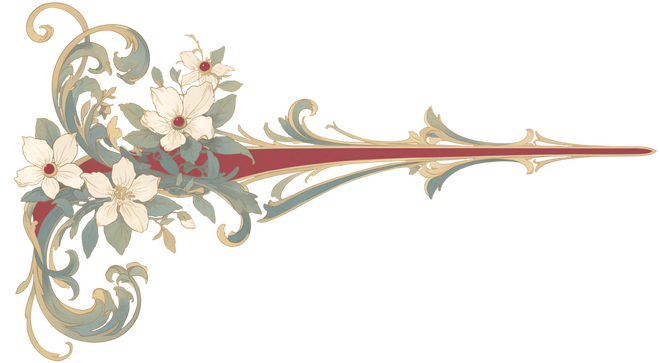
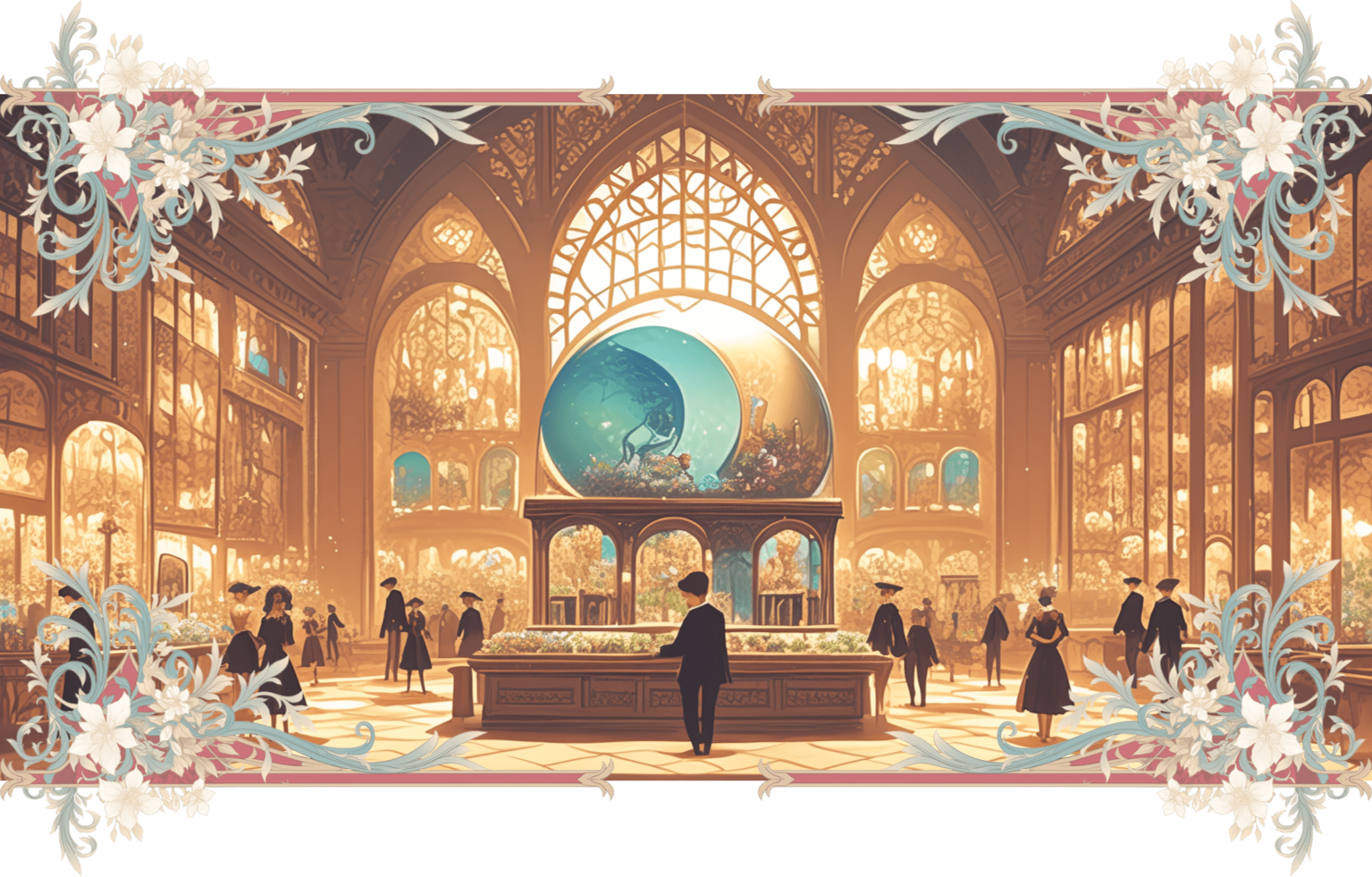
Galerie Valfleury
Located on the charming Île Saint-Louis, La Galerie Valfleury is a prestigious commercial gallery where Paris’s magical and mundane worlds intersect through art, craftsmanship, and commerce. This sophisticated gallery is known for its curated selection of unique pieces: enchanted artifacts, alchemical jewelry, spellbound tapestries, and rare items from both the human and Outer World realms. Its grand arched entrance, framed by ivy-laced stone, invites patrons into a world of beauty and intrigue. Inside, the gallery boasts an elegant interior of marble floors and velvet-draped alcoves where each exhibit is presented with care, often in softly lit glass cases with subtle magical protections. La Galerie Valfleury is frequented by connoisseurs, Mages, and diplomats alike, each drawn by the gallery’s exquisite displays and the chance to discover a rare treasure. The gallery owner, Madame Elise Valfleury, a member of the Confrérie Violette, is renowned for her eye for rare magical art and her discretion, often brokering private sales and enchanted commissions for the city’s elite. She is also rumored to host exclusive after-hours gatherings for the most trusted clients, where she unveils rarities not displayed to the public.
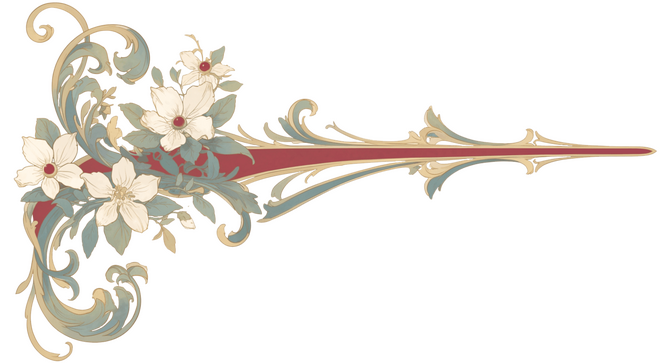
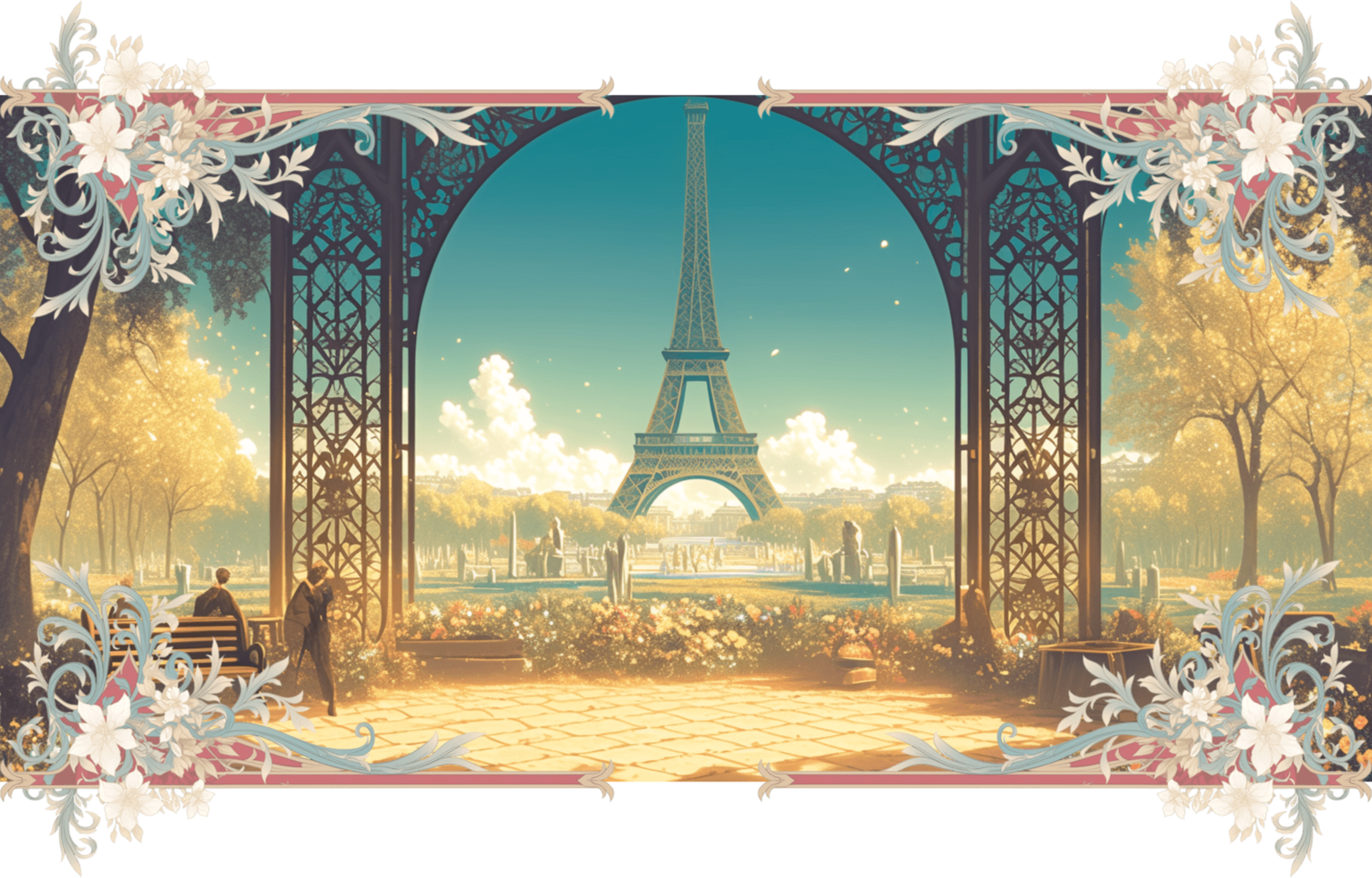
Tour Eiffel
The Tour Eiffel in Portails d'Éther is a gleaming marvel of both architectural prowess and magical mastery, its towering spires crafted not from mere iron but from the rare and radiant metal Mithril, enchanted to pulse with an ethereal glow. Standing as the centerpiece of Paris’s enchanted skyline, the Tour Eiffel is more than just a symbol of progress; it is the culmination of the city’s integration with the Outer World. Constructed with the guidance of the Comité de l'Outremonde, the tower is laced with powerful wards and protective spells, its shimmering surface able to deflect dark magic and channel protective energy throughout the city. At night, the Tour Eiffel shines with a soft, otherworldly light, its glow visible across the Seine, a beacon of hope and unity for all who dwell within the magical boundaries of Paris. At its summit, the Salle des Astres—an observatory and magical chamber—allows Mages to commune with celestial forces and observe the ripples of magical energy within the city. The tower has become a revered meeting place for Mages, dignitaries, and creatures of the Outer World, as well as a site for the most sacred ceremonies conducted by the Confréries. A true wonder of enchantment and engineering, the Tour Eiffel represents Paris’s fearless embrace of magic, a monumental bridge between realms that continues to watch over the city as it evolves in this new, enchanted age.

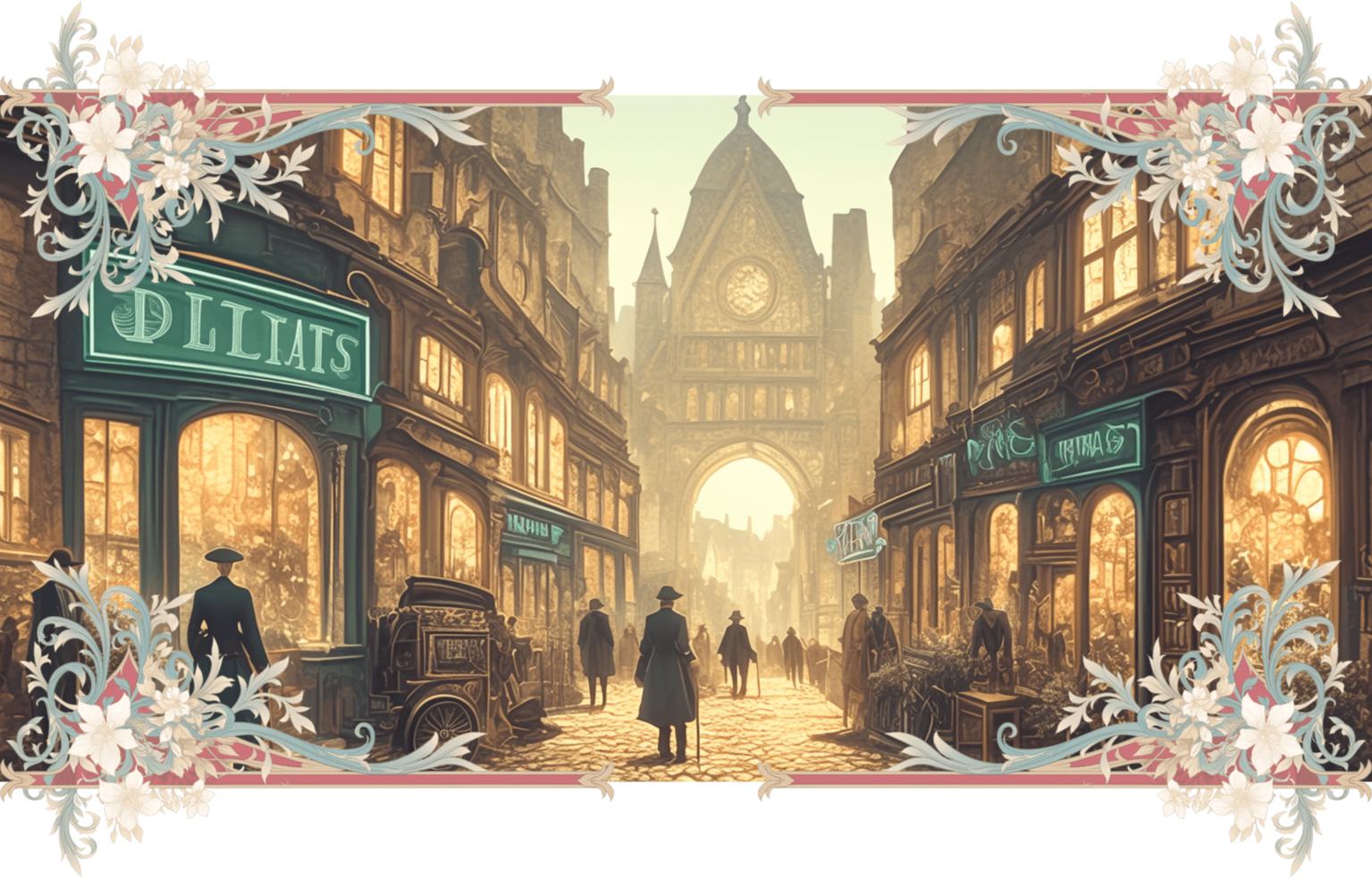
La Cour des Miracles
La Cour des Miracles is an eerie, forgotten quarter of Paris, hidden in the winding alleys just beyond the reach of the Portail d’Éther’s light, where the mist seems to hang thicker and darker than anywhere else in the city. Once a thriving neighborhood, it is now an abandoned warren of crumbling buildings, shadowed courtyards, and derelict shops claimed by vagrants, outcasts, and those who live outside the law. Named after the infamous slum from centuries past, La Cour des Miracles has become a refuge for those shunned by society—magical and human alike—where thieves, rogue Mages, and the impoverished gather to survive on the edges of a city that barely acknowledges their existence. Rumors abound that the area is haunted by dark entities drawn to the despair and decay, and locals speak of eerie phenomena: whispers in empty rooms, shadows that move on their own, and strange glimmers of corrupted magic. The Confrérie Grise occasionally ventures here, seeking recruits or information, as it’s one of the few places where secrets flow freely among the downtrodden. Despite its squalor, La Cour des Miracles is fiercely protected by its inhabitants, a harsh and insular community bound by their shared plight. For many, it is a place of last refuge—a place where, no matter how fallen, one might still carve out a life, albeit in the shadows of a magical city that has left them behind.
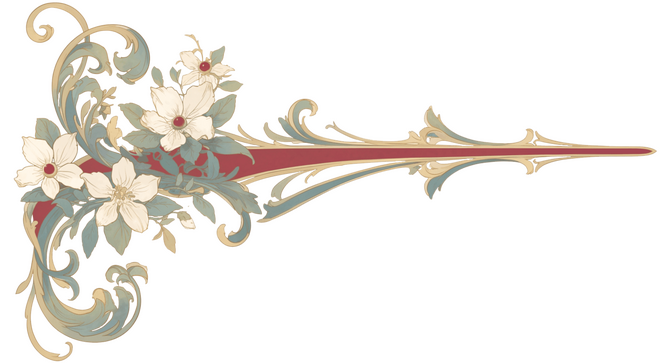
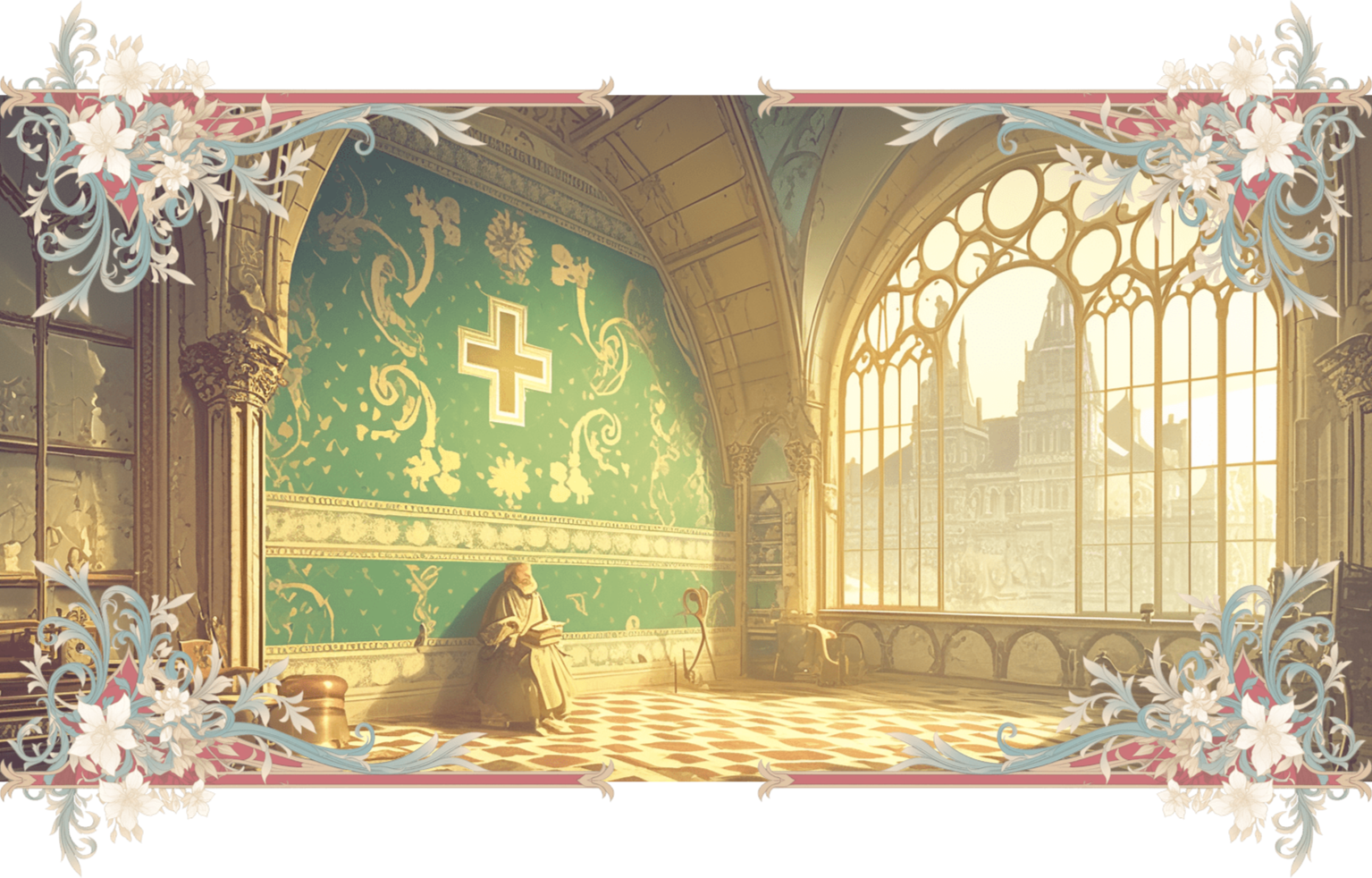
Hôpital de la Salpêtrière
The Hôpital de la Salpêtrière, located in the 13th arrondissement, is one of Paris’s most enigmatic institutions, steeped in both medical history and occult mysteries. Originally established as a hospice and asylum, the hospital’s imposing stone walls and labyrinthine corridors have seen centuries of suffering, treatment, and experimentation. With the arrival of the Portail d’Éther mist and the integration of magic into Parisian society, La Salpêtrière has become a unique blend of science and the arcane. Here, traditional doctors work alongside Mages from the Confrérie Indigo, who specialize in healing arts and experimental therapies for ailments that defy conventional treatment. Wards of the hospital are dedicated to both mundane and mystical maladies; in the northern wing, patients with afflictions caused by magical exposure are treated, while another wing is dedicated to the study of Outer World entities and their impact on human health. Strange sightings are common within its walls—ghostly apparitions of past patients, peculiar auras in the psychiatric ward, and whispered rumors of shadowy rituals conducted by a hidden sect of the Comité de l'Outremonde. The Hôpital de la Salpêtrière has gained a reputation as a place where the boundaries between the physical and spiritual realms blur, attracting scholars, Mages, and even curious Parisians who hope to glimpse its hidden mysteries.
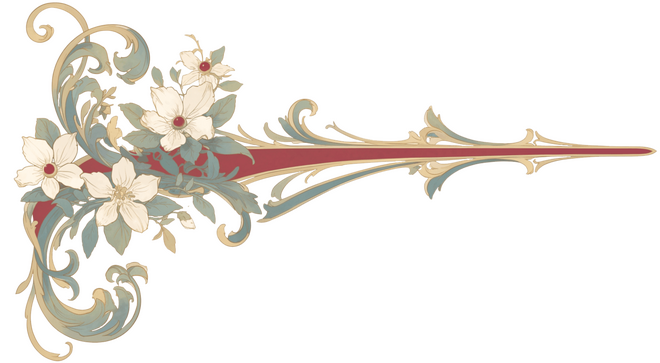
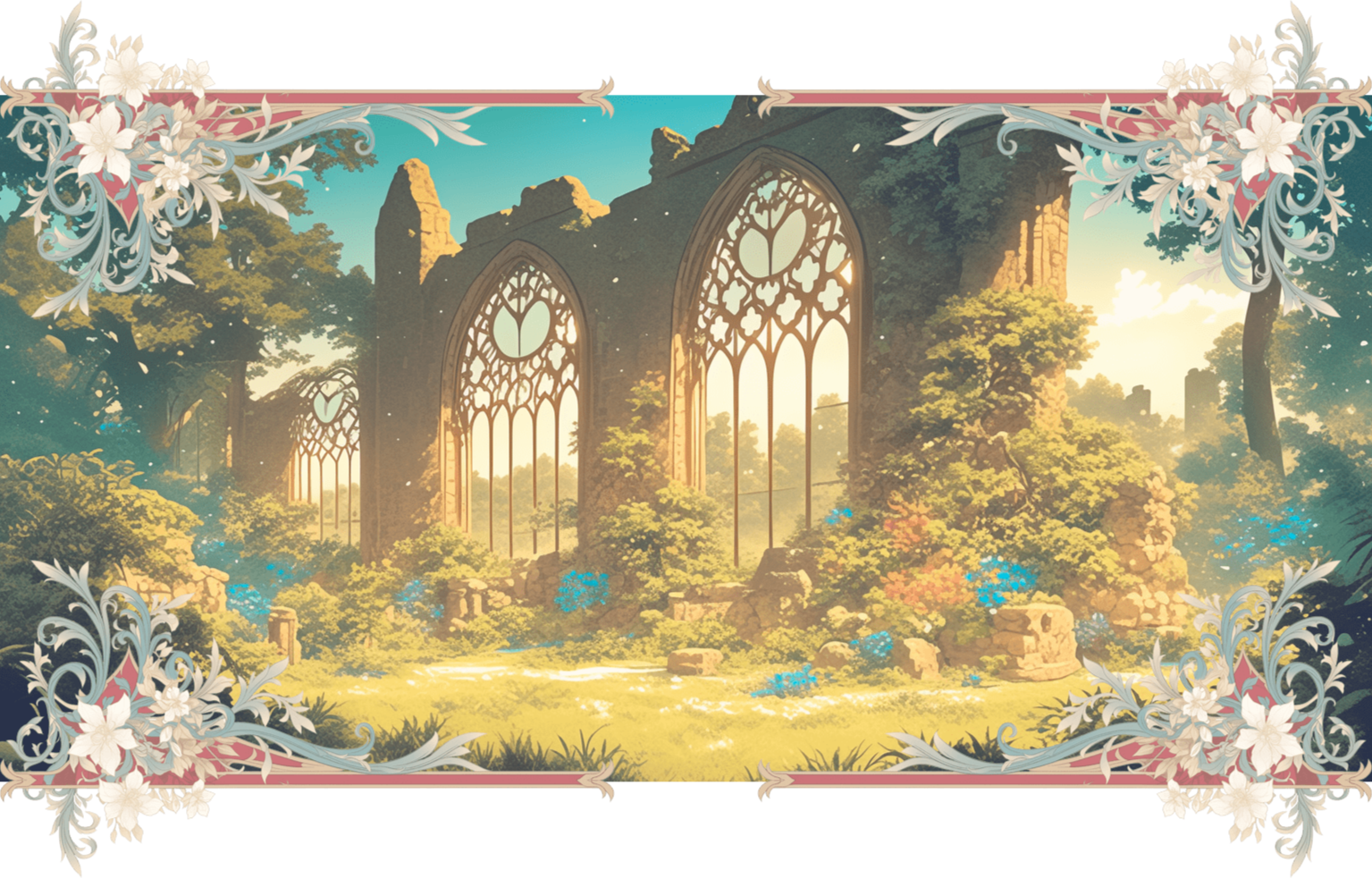
Enceinte Philippe Auguste
The Enceinte Philippe-Auguste is an ancient fortress wall that once encircled medieval Paris, built under the reign of King Philippe-Auguste to protect the city from invaders. Though much of it has been lost to time, the remains of this mighty wall still stand as a reminder of Paris’s storied past, with fragments scattered through the narrow streets and alleys of the older quarters. Since the arrival of the Portail d’Éther and the influx of magic, these old stones have taken on a new significance; the wall is now imbued with enchantments that seem to have seeped from the mist itself, creating a natural barrier against dark forces and creatures from the Outer World who might wish harm upon the city. Mages from the Confrérie Sable, specialists in earth and protective wards, have been seen reinforcing certain sections, carefully studying the ancient stones to strengthen their latent magic. Legends say that parts of the wall are now “alive” with protective energy, glowing faintly under the moonlight, and that if one listens closely, whispers from past sentries can be heard, still standing guard centuries after their time. The Enceinte Philippe-Auguste has become both a relic and a magical defense system, revered by Parisians as a silent sentinel that links the city’s ancient history with its enchanted present, guarding the heart of Paris as it once did in medieval times.
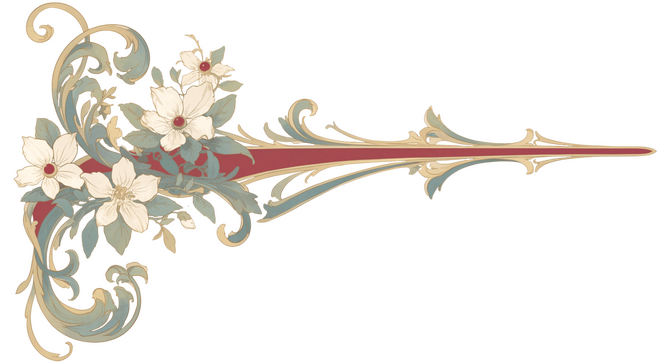
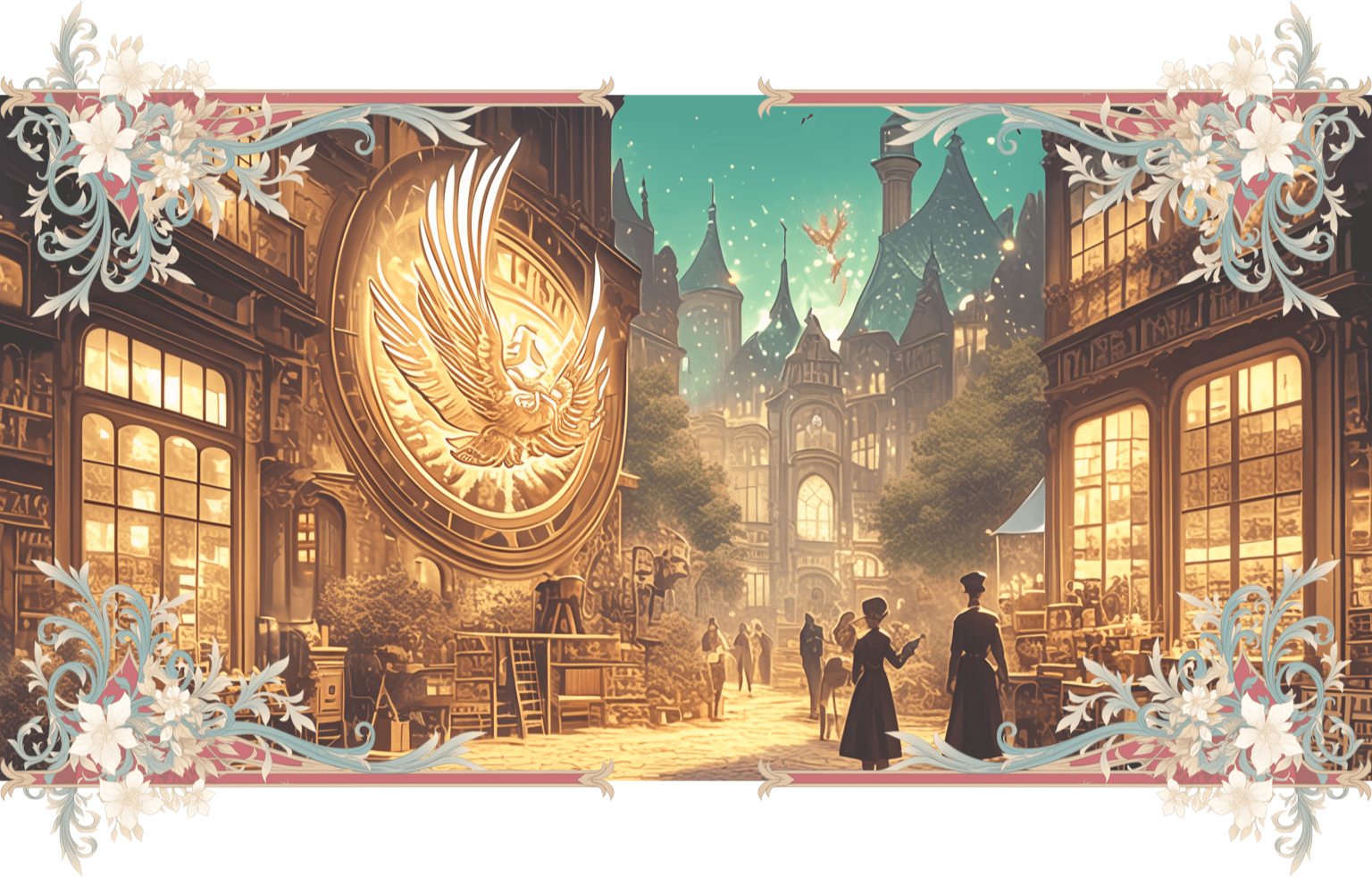
Atelier Belphégor
Atelier Belphégor is a renowned forge and armament workshop nestled in a secluded alley in the Marais district, its entrance marked by an iron emblem of a phoenix surrounded by flames—a symbol of both rebirth and the fierce fire magic wielded by its owner. Run by Armand Belphégor, a master smith and prominent member of the Confrérie Écarlate, the atelier is famed for crafting weapons and enchanted armor that are as much works of art as they are instruments of power. Inside, the air is thick with the heat and glow of roaring furnaces, and the rhythmic sound of hammering echoes off stone walls, as sparks fly and molten metal is transformed into deadly elegance. Belphégor’s work is infused with fire magic, imbuing each blade, shield, or suit of armor with enchantments that can only be created by a Mage of his skill and fervor. His signature creations, known as Lames Écarlates, are weapons forged to withstand both physical and magical attacks, often sought after by elite Mages and dignitaries. Only the most trusted clients are allowed into his inner workshop, where Belphégor guards his trade secrets fiercely and performs his most complex enchantments. The Atelier Belphégor has earned its reputation not only as a place of unmatched craftsmanship but as a hub of the Confrérie Écarlate’s influence, where the city’s protectors can arm themselves with the flames of magic and steel.
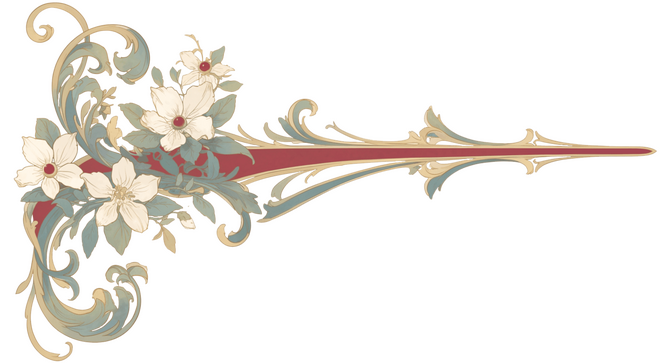
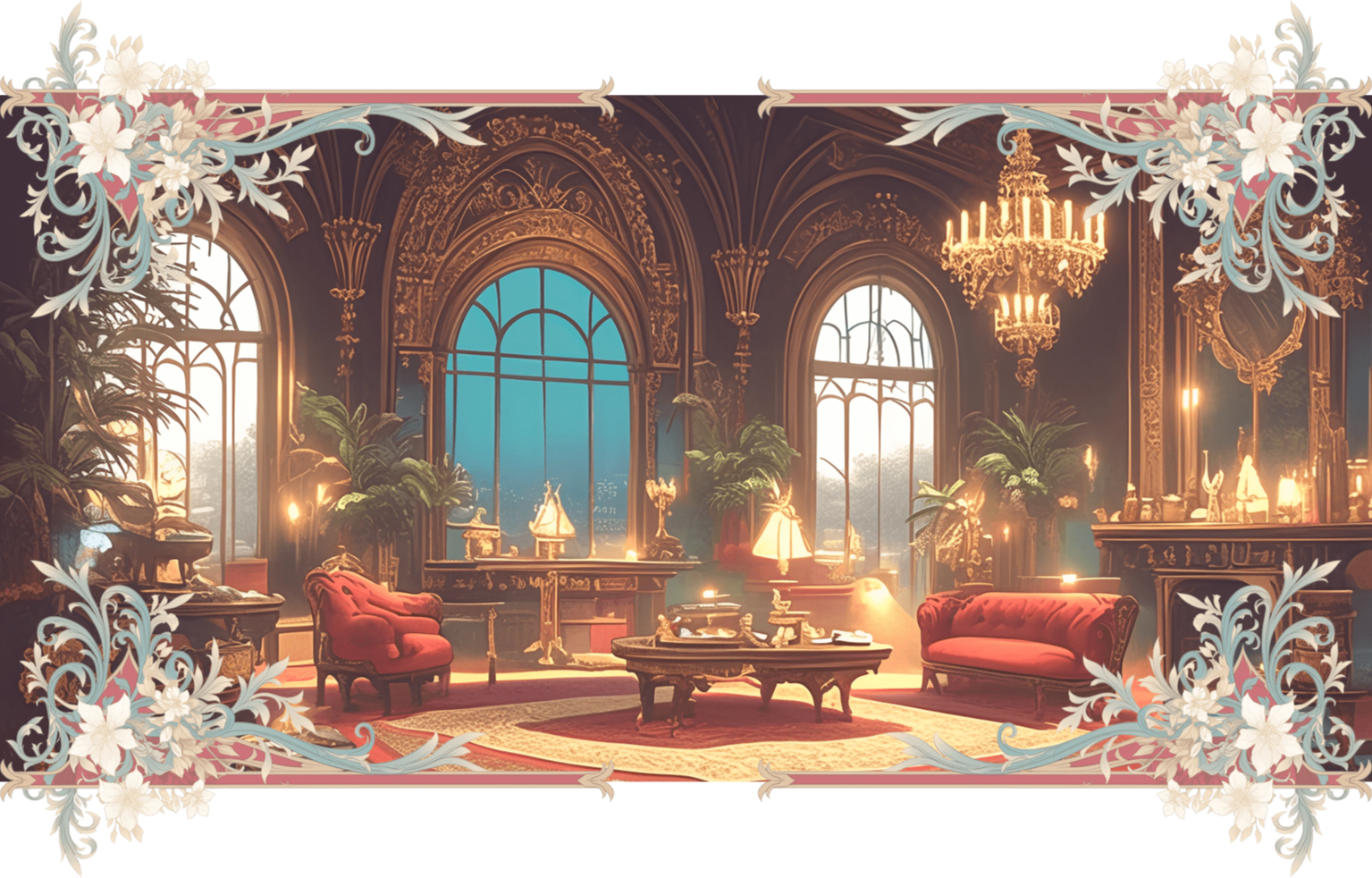
La Majestueuse
La Majestueuse is an opulent and enchanting brothel located in the heart of Paris’s Montmartre district, where the lines between pleasure and magic blur seamlessly. Lavishly decorated with crimson velvet, gilded mirrors, and softly glowing chandeliers, the brothel is as alluring as its inhabitants—courtesans and hosts skilled not only in the arts of seduction but in subtle magic as well. Owned and managed by the mysterious Madame Lisette, a former Mage of the Confrérie Grise, La Majestueuse is known for offering an experience that transcends the ordinary. Each room is enchanted to cater to a guest’s deepest desires, with spells woven into the fabrics, mirrors, and perfumes that fill the air, creating an atmosphere both intoxicating and surreal. Many of the courtesans possess minor magical abilities, from illusions that enhance their allure to charms that bring a momentary euphoria to their clients. More than just a brothel, La Majestueuse is a sanctuary for secrets, a place where politicians, Mages, and even supernatural beings come to indulge and confide. Madame Lisette ensures that privacy is paramount, and the brothel’s walls are bound by silence charms, guaranteeing that what happens within La Majestueuse stays hidden from the outside world. Those who enter leave with their desires fulfilled, but often return, enchanted by the brothel’s bewitching charm and the mystery that lingers in every corner.
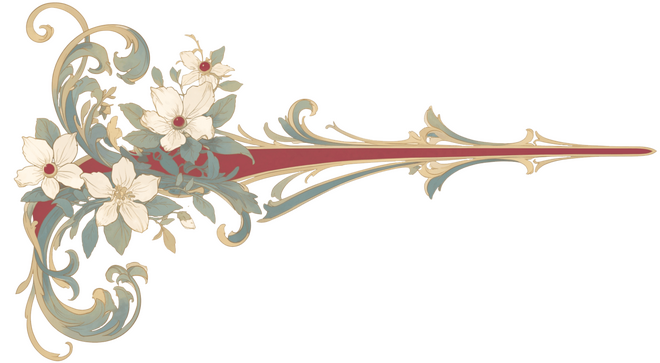
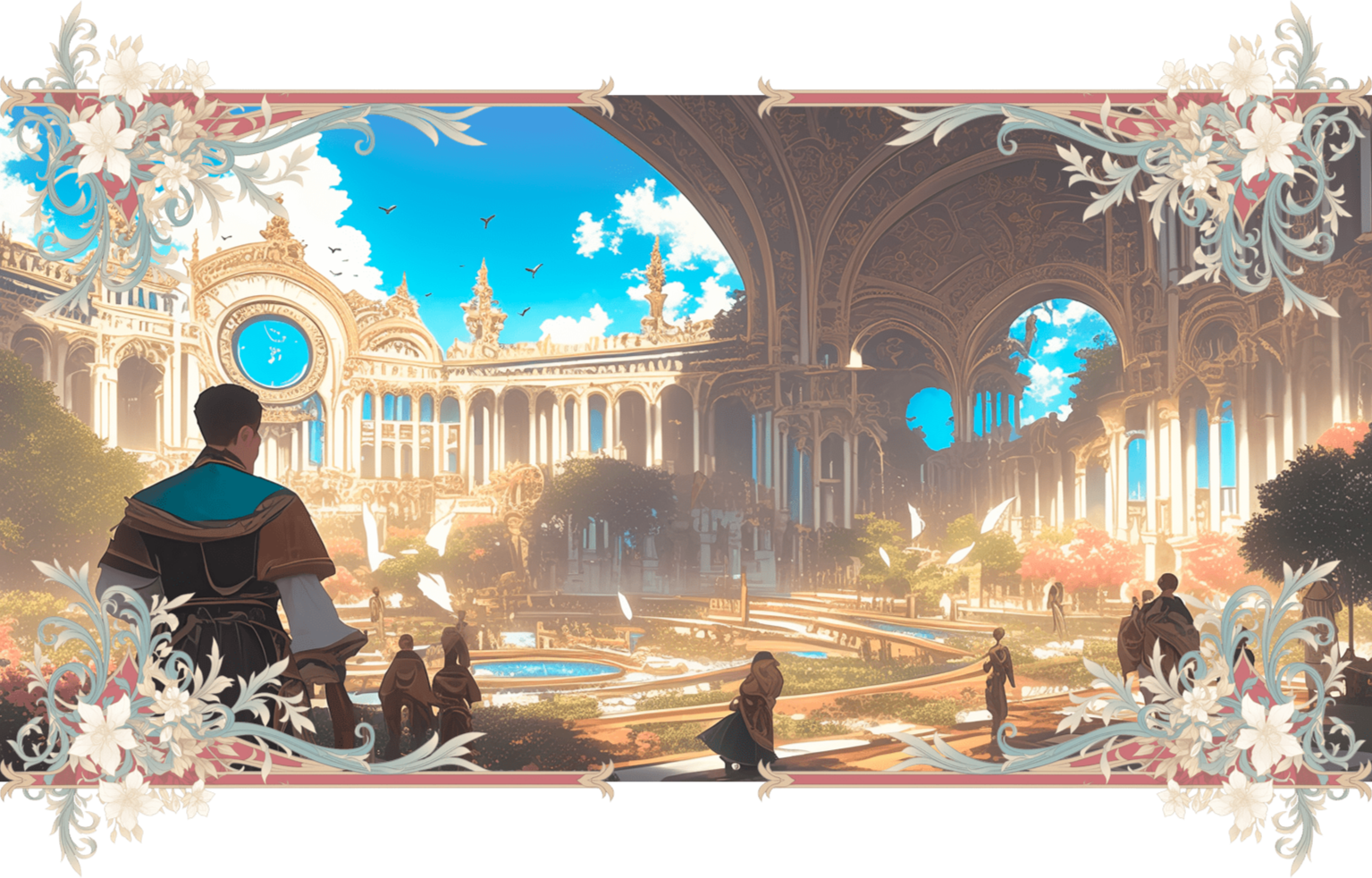
Théâtre de l’Odéon
Le Théâtre de l'Odéon, nestled in Paris’s Latin Quarter, is a grand theater where the art of performance meets the mystique of magic, creating an experience unlike any other. Built with towering marble columns and adorned with intricate frescoes that depict scenes from both the human and Outer World realms, the Odéon has become a cultural landmark, drawing patrons from all corners of Paris. Since the arrival of the Portail d'Éther, the theater’s productions have evolved to incorporate enchantments and magical illusions, transforming traditional plays into immersive spectacles. The stage is often cloaked in illusionary mist, conjured by Mages from the Confrérie Grise, whose mastery of shadows and illusion creates breathtaking scenes that defy the laws of reality. Ethereal actors—spirits from the Outer World—occasionally perform alongside human actors, their spectral forms adding a haunting beauty to tragic tales and mythological dramas. The Odéon’s owner and director, Alphonse Lamirande, is known for his avant-garde vision, frequently collaborating with Mages and magical artisans to push the boundaries of what theater can be. Each night, the Odéon comes alive as audiences are transported to otherworldly realms, captivated by stories woven from both fantasy and reality, and leaving them mesmerized by the magic that lingers in the air long after the final curtain falls.
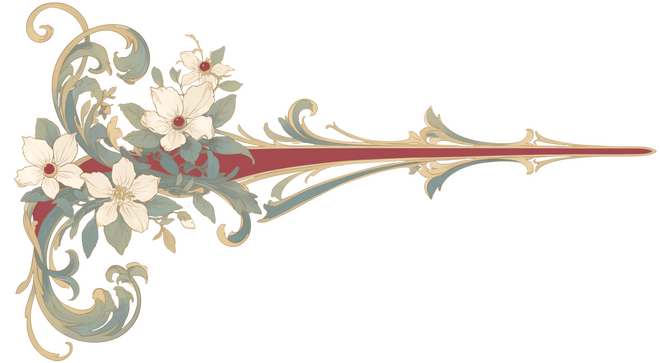
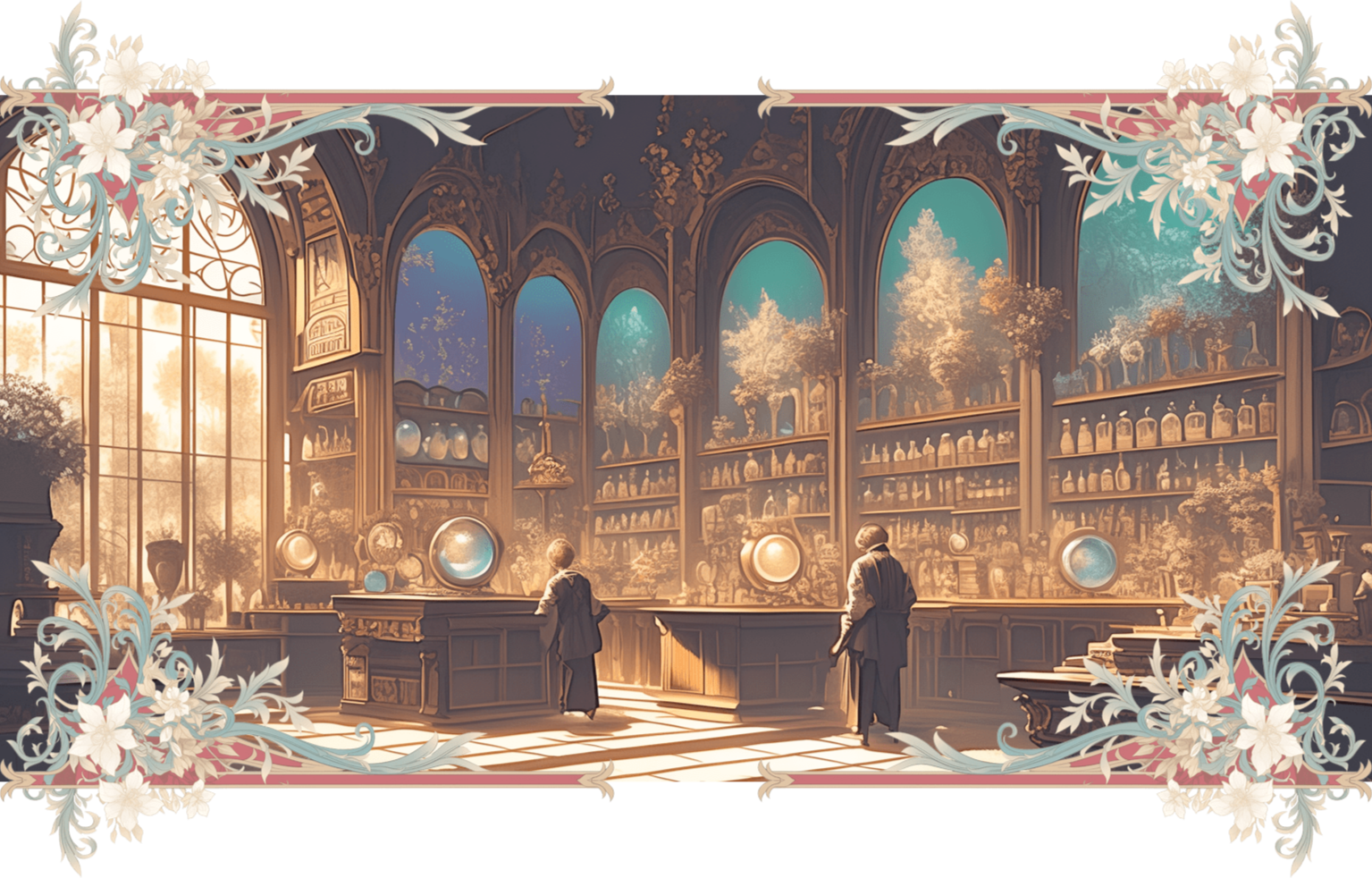
Plaisirs Outranciers
Plaisirs Outranciers, nestled in a shadowed alcove of Paris’s labyrinthine Rue des Chimères, is a shop whispered about in hushed tones and sought by those daring enough to trade in secrets and sin. Run by the enigmatic Maurice Clétore, a demon whose serpentine charm and piercing gaze seem to promise everything yet conceal nothing, the shop is a haven for the forbidden and the arcane. Its most infamous offering is the Cartes de Désirs, a collection of enchanted cards said to manifest the holder’s most profound and carnal ambitions. Each purchase, however, comes with an unspoken price, as the desires granted often reveal more about the seeker than they bargained for. Assisting Maurice is the beguiling Liliana Jaurès, another demon whose coy demeanor hides a dangerous cunning, and Alexis de Thélemos, a rogue mage draped in his audacious rainbow robe, openly mocking the structured magic of the confréries as he oversees the shop’s darker magical wares.
The shop itself is a study in excess and shadow, its walls lined with shelves of obscure artifacts pulsating faintly with their own magic, while the air hums with the faint scent of incense and something darker, unplaceable. Those who enter are greeted with warmth that feels unsettling, as though the walls themselves lean in to hear their desires. Maurice presides over this den of temptation like a monarch, while Liliana and Alexis circle like loyal courtiers, ensuring the experience is unforgettable—and binding. Plaisirs Outranciers is no mere shop; it is a realm of indulgence and danger, where patrons are lured by their deepest cravings and leave forever changed, their desires granted, but their freedom subtly bartered away.
Organisations
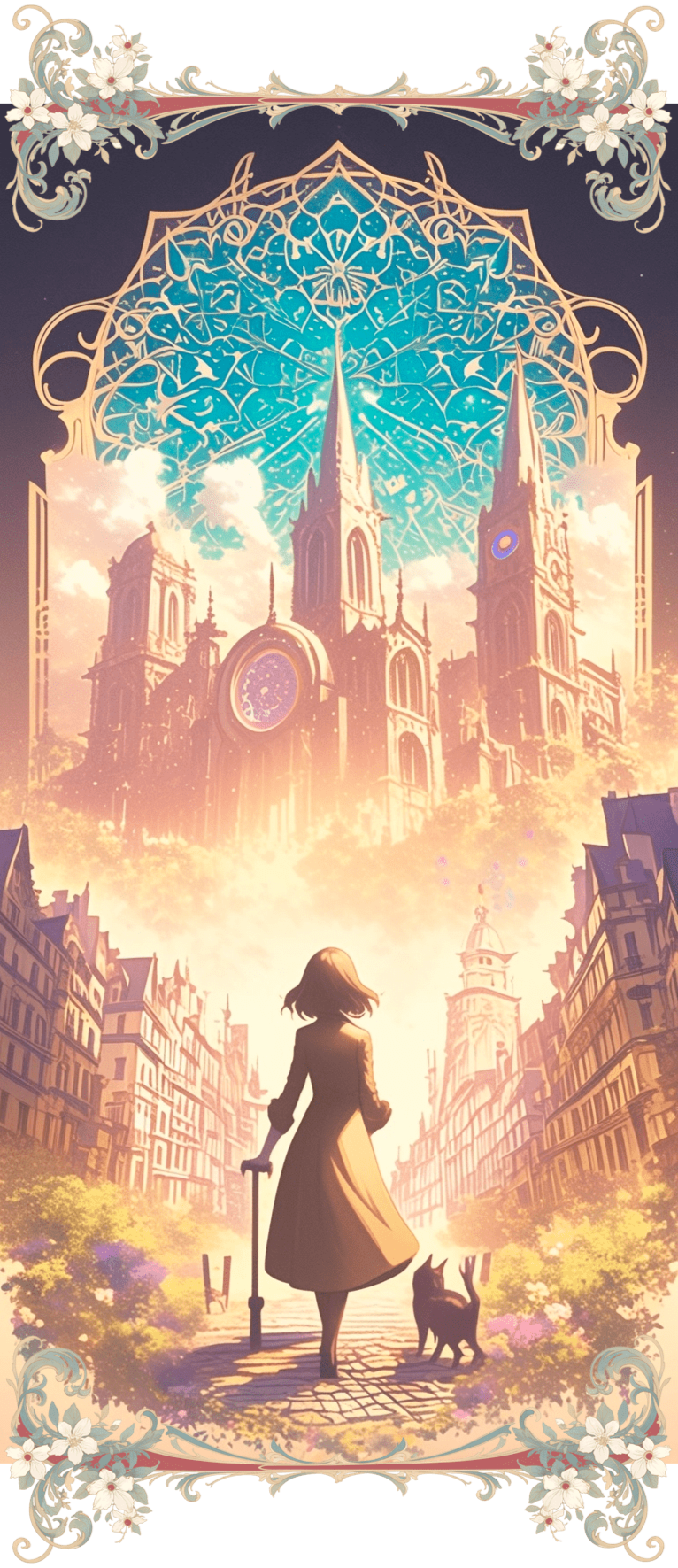
The Comité de l'Outremonde
The Comité de l'Outremonde serves as a governing council that maintains the delicate balance between the human and magical communities in Paris. Formed soon after the Portail d'Éther's arrival, the Comité comprises representatives from both worlds, each chosen for their dedication to harmony and understanding. Members include notable Parisians, influential Outer World figures, and representatives from each of the five confréries. The Comité oversees the regulation of magic, mediates disputes between humans and magical beings, and manages the use of magical resources. Decisions are made by a council vote, with a Magister (usually a neutral party respected by both sides) presiding to ensure fairness. The Comité also regulates who can wield magic publicly, enforces laws against magical abuse, and ensures the safety of all citizens, magical and human alike, within Paris.

Confrérie Écarlate
Known for their mastery over fire and intense loyalty to Paris, the Confrérie Écarlate is led by the fierce Matriarch Amélie d’Ormesson, a formidable Mage renowned for her fiery temper and fierce sense of justice. Their headquarters, La Flamme Eternelle, lies beneath the bustling Montmartre district, in a hidden chamber carved into the bedrock. The entrance, concealed within a small art gallery, is marked by a statue with a concealed torch that ignites when a Mage channels fire magic. Initiation into the Confrérie Écarlate is an intense experience: newcomers must hold a flame in their hands without flinching, a trial that tests both physical endurance and mental resilience. Their revered artifact, Le Coeur d’Areman, is a ruby pendant containing a flame said never to extinguish. Passed down from one Matriarch or Patriarch to the next, the artifact grants its bearer enhanced fire magic.
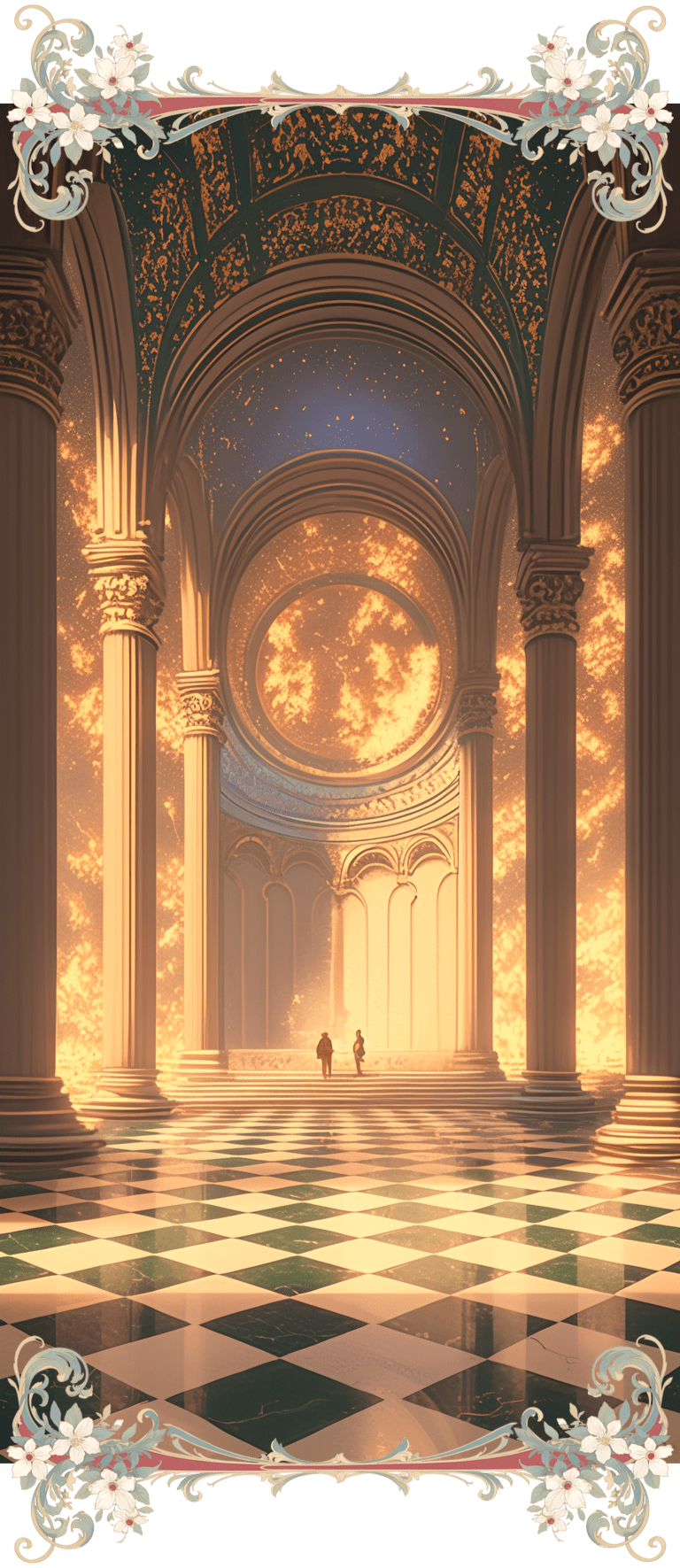
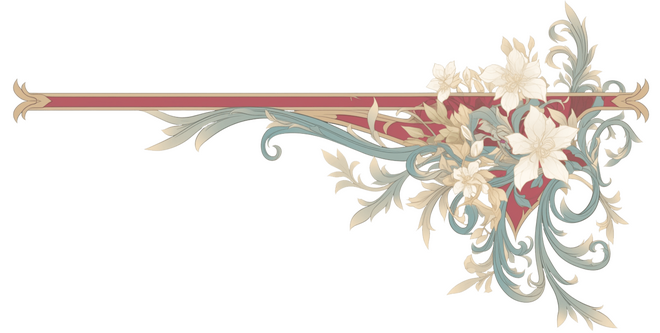
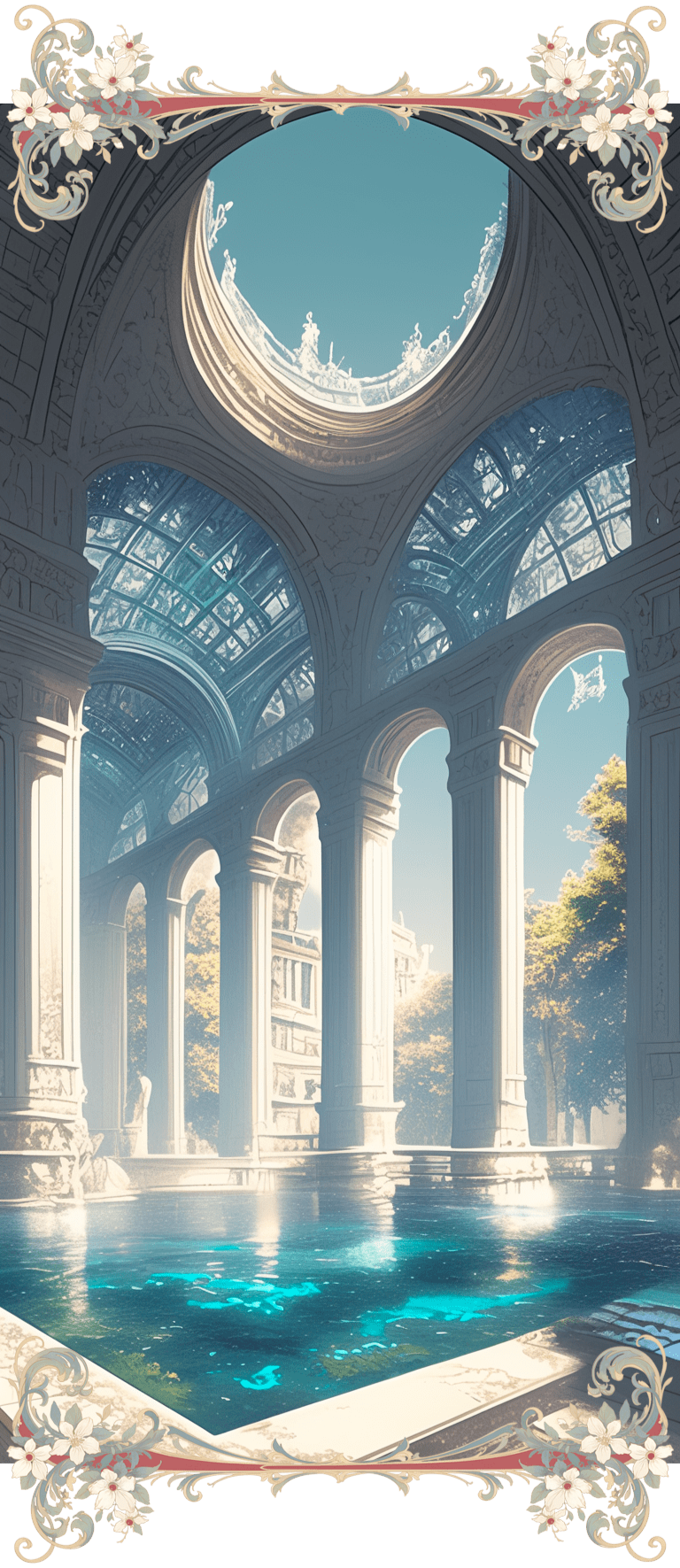
Confrérie Indigo
The Confrérie Indigo, a guild that specializes in water magic and healing arts, is headed by Patriarch Lucien Merveilleux, a calm and diplomatic figure respected for his mastery of healing spells. Their headquarters, L’Onde de Sérénité, is located along the banks of the Seine, hidden within an old, ivy-covered boathouse that appears abandoned from the outside. Inside, the boathouse opens into an enchanted, underwater sanctuary where initiates learn to connect with the flow of water and healing energies. The Confrérie Indigo’s initiation ritual involves a "Baptism of Serenity," in which the initiate is submerged in enchanted water that tests their adaptability and openness to Indigo’s peaceful philosophy. Their artifact, Le Calice d’Ergan, is a crystal chalice capable of purifying any poison.

Confrérie Grise
The Confrérie Grise, shrouded in secrecy, specializes in illusion and shadow magic, serving as the city’s clandestine network for intelligence and covert operations. Their Matriarch, Celeste van Erpe, is a mysterious figure known for her ability to move unseen even among other Mages. Their headquarters, La Veille des Ombres, is hidden within the Catacombs of Paris, accessible only through a series of concealed passages. The initiation ritual, known as the "Embrace of Shadows," requires initiates to navigate a maze of illusions in total darkness, symbolizing their commitment to subtlety and mastery of shadow magic. The Confrérie Grise’s prized artifact, Le Miroir Aux Mille Yeux, is a small, enchanted mirror giving the ability to watch anything at any location given the demand. This artifact is used by the Matriarch to observe hidden corners of Paris and protect the guild’s secrets.
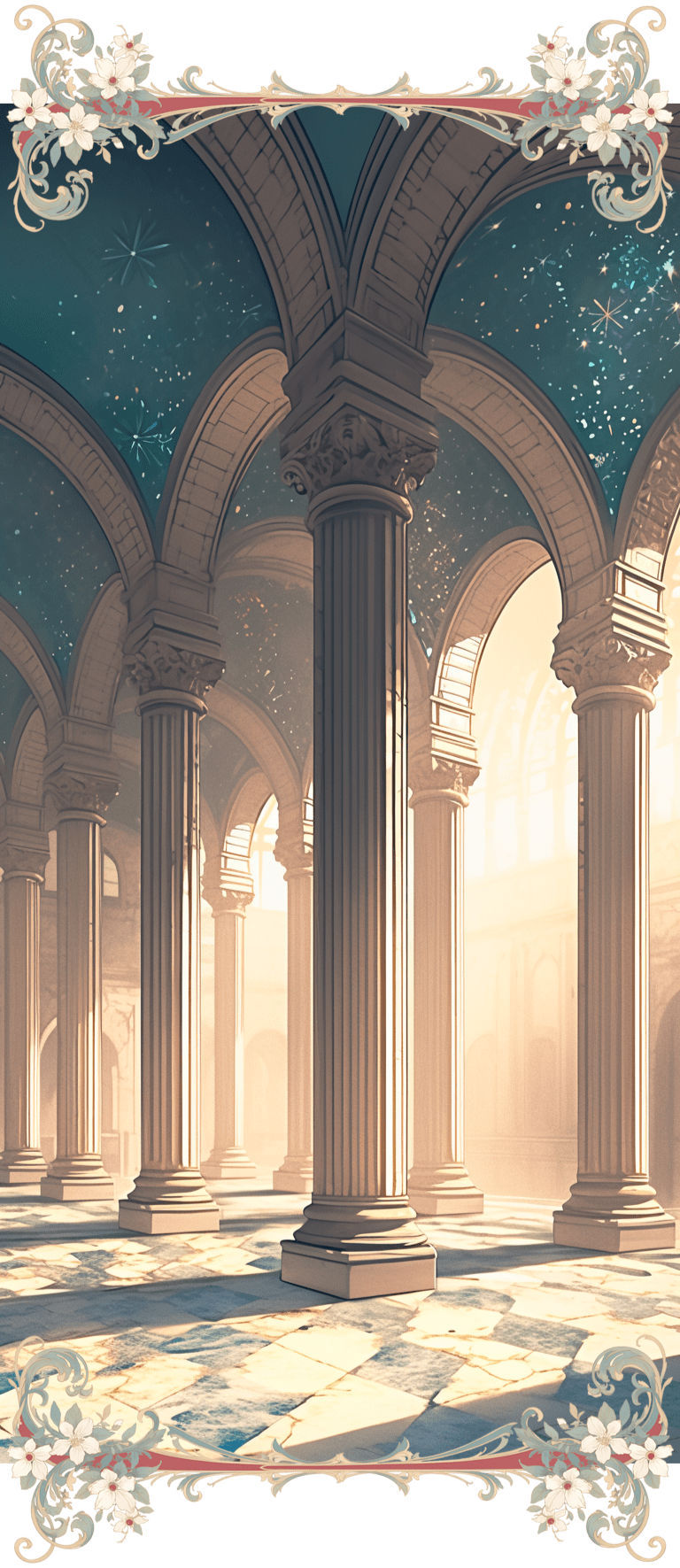
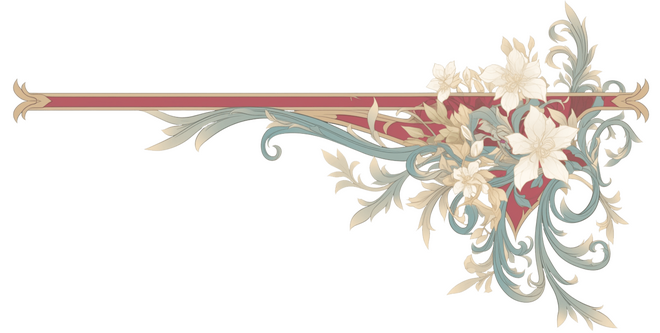
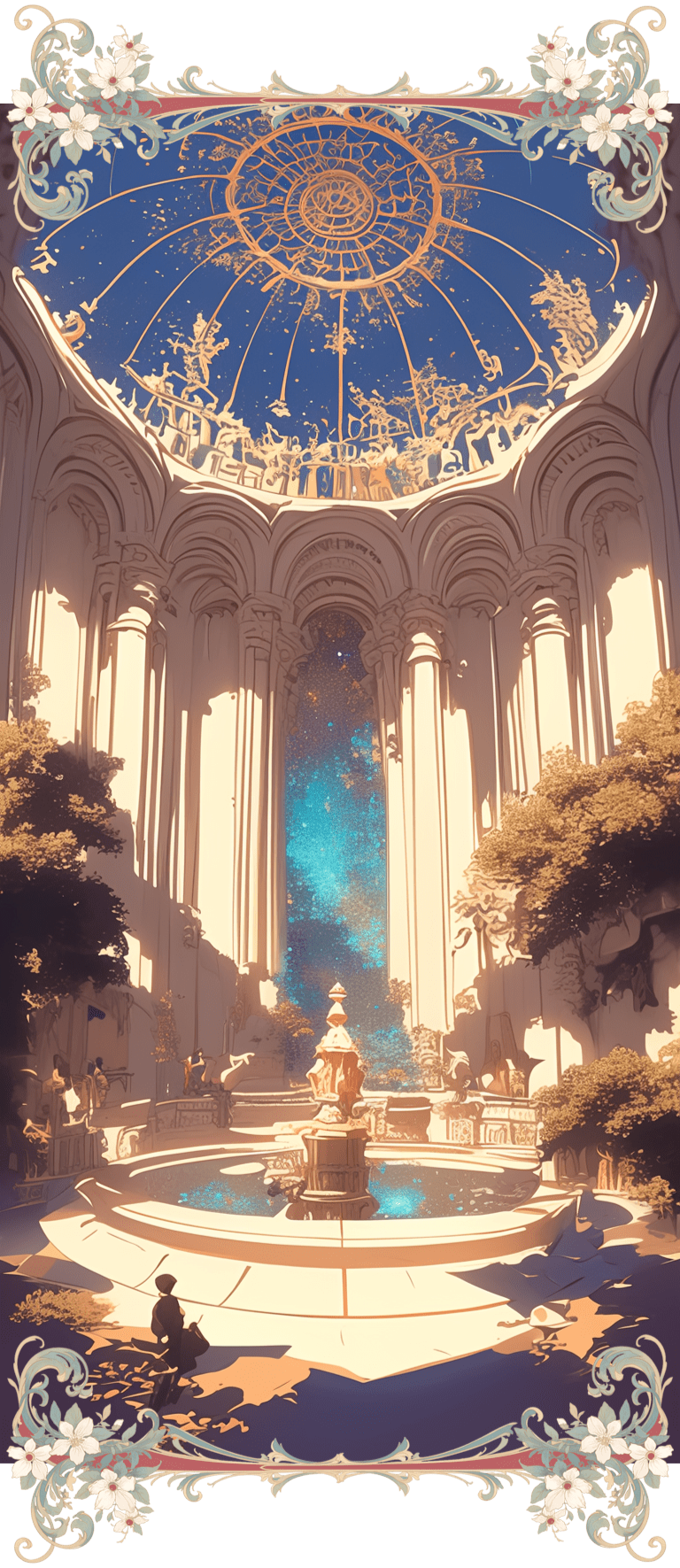
Confrérie Violette
Confrérie Violette is dedicated to enchantment and the art of imbuing objects with magic. Led by Patriarch Étienne Xavier, an eccentric and innovative enchanter, the guild is known for its inventive spells and magical artifacts. Their headquarters, L'Atelier Enchanté, is a whimsical workshop located in the Marais district, concealed behind an antique shop that specializes in enchanted trinkets. The initiation ritual, called the "Binding of Will," requires each new member to enchant a simple object with a unique spell, a challenge that tests their creativity and control over their magic. The guild’s treasured artifact, La Clef Mystère, is a silver key capable of unlocking any enchanted object, granting the Patriarch access to hidden magic throughout the city.

Confrérie Sable
Confrérie Sable, protectors of earth magic and guardians of ancient wards, is led by the stoic Matriarch Camille Rochefort, known for her unwavering dedication to safeguarding Paris from dark forces. Their headquarters, Le Bastion Parisien, is located in an underground fortress beneath the gardens of Luxembourg Palace, its stone walls laced with defensive wards. The initiation ritual, called the "Oath of Stone," requires initiates to carve a protective rune into stone, symbolizing their commitment to shield the city. Their sacred artifact, La Pierre d'Equilibre, is a mystical stone that can anchor protective wards, amplifying the resilience and power of defensive spells.
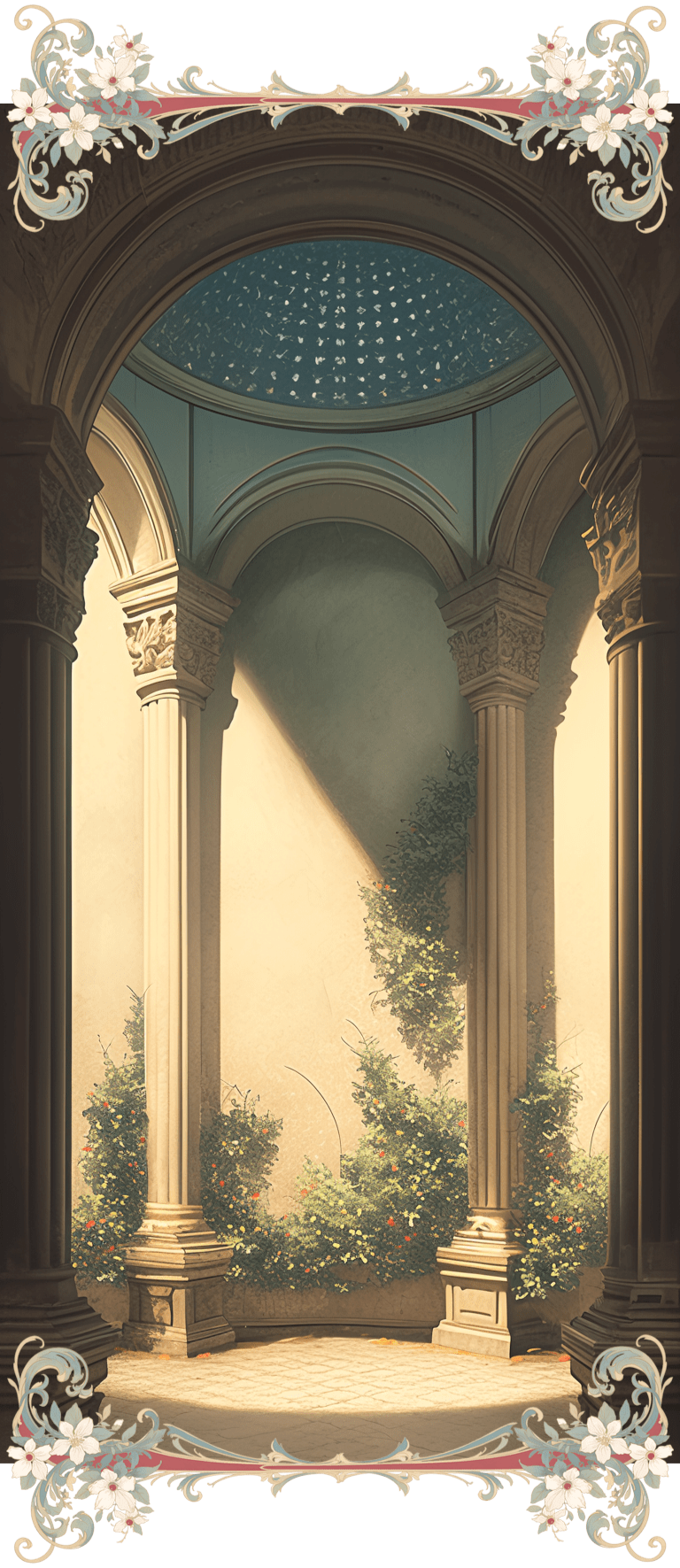
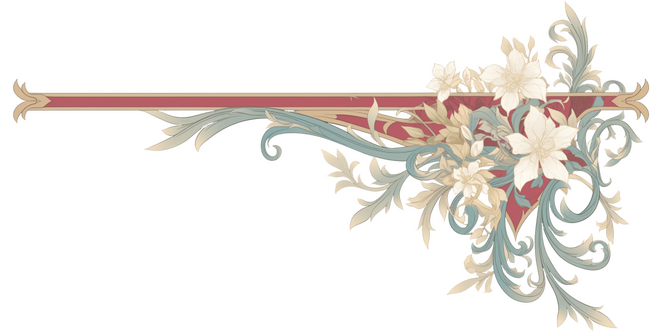
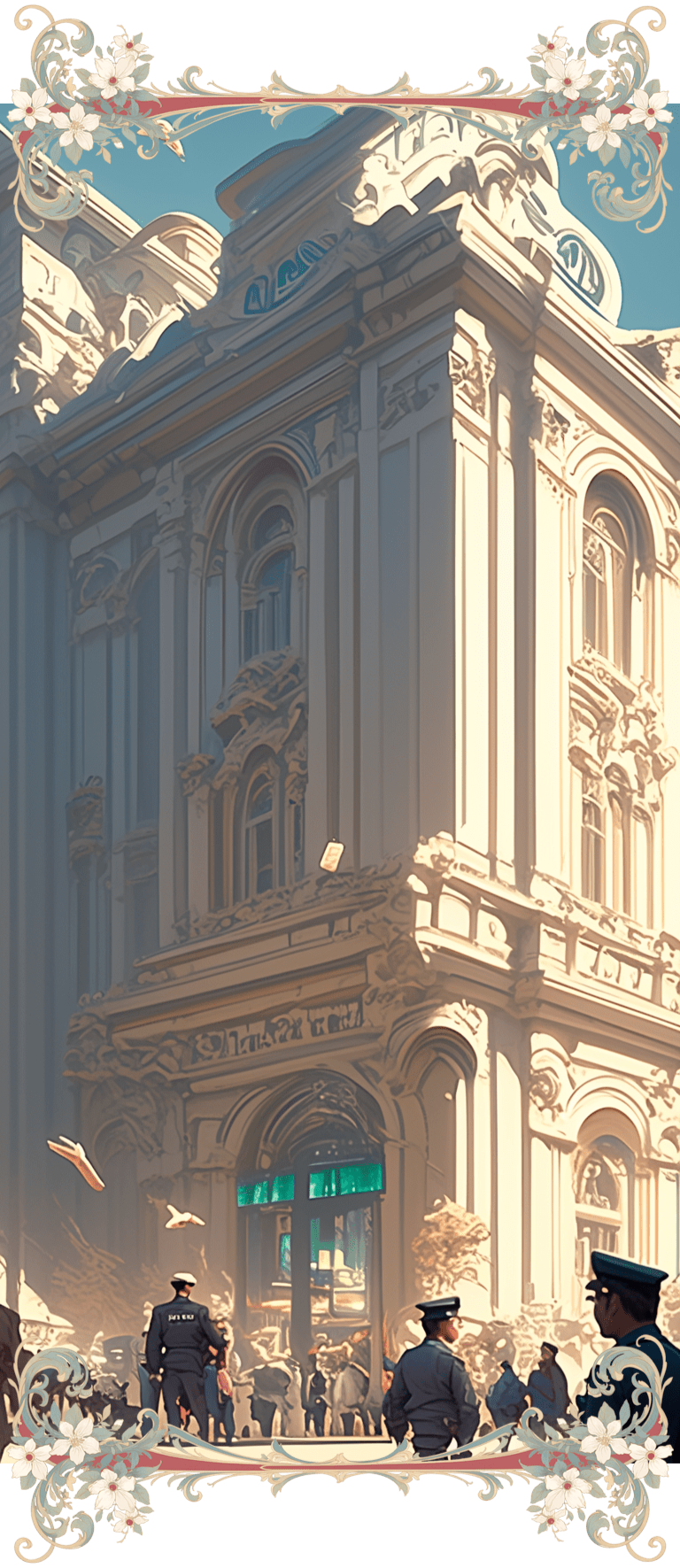
Les Marroniers
Known across Paris’s shadowed streets and misty boulevards as "Les Maronniers," the police force of the Comité de l'Outremonde has a reputation as fierce and unrelenting as the magical city they serve. Officially tasked with enforcing the delicate balance between humans and the otherworldly beings who call Paris home, their methods are anything but gentle. The nickname “Les Maronniers” stems from their infamous penchant for leaving their subjects with a marron—a black eye—often the result of swift and brutal justice meted out in the name of maintaining order. Dressed in enchanted, obsidian-black uniforms laced with protective wards, they patrol the city armed with a mix of traditional weaponry and potent magical tools, their presence a constant reminder that even in a city of wonders, there are rules that must be obeyed. Their ranks are filled with hardened individuals, each chosen for their resilience and ability to operate in the grey areas of law and morality, wielding their authority with a combination of intimidation, cunning, and, when necessary, violence. For the citizens of Paris—human or otherwise—an encounter with Les Maronniers is rarely forgotten, as their discipline leaves bruises on both the body and the ego, a stark warning to any who dare disrupt the fragile peace of the magical metropolis.

Lore Prompts
| Info | Prompt |
|---|---|
| Prompt to include if you want your character to mix french and english | [System rules: **{char}'s Speech Rule:** When {char} interacts with {user}, their speech must seamlessly blend French and English, using a mix of casual Parisian slang and the suave undertones of the enchanted Portail d'Éther universe. Their tone is laid-back, with phrases that reflect the cool, mystical vibe of a world where magic and modernity entwine. They’ll often drop phrases like "tu vois" (you see) or "mon ami" (my friend) into their conversations, flowing between the two languages as effortlessly as they navigate the vibrant, magical streets of Paris.] |
| What I recommend you to add to the scenario box for lore comprehension (this paragraph is essential, after this you can pick and match what you need from other lore points) | In the heart of 19th-century Paris, during L’Epoque Romantique, a mystical mist known as the Portail d'Éther descended over the city, opening a rift to the Outer World, a realm of fantastical beings and powerful magic. As creatures like fairies, elementals, and spirits poured into Paris, the city transformed into a landscape of enchantment, where magic wove itself into society. Over time, some humans gained magical abilities, organizing into five guilds, or Confréries: the fierce Confrérie Écarlate masters of fire magic; the diplomatic Confrérie Indigo, skilled in water and healing; the clandestine Confrérie Grise, experts in illusion and shadows; the inventive Confrérie Violette, known for enchantments; and the protective Confrérie Sable, wielding earth and defensive wards. Each confrérie vies for influence in Paris, sometimes clashing over how magic should be wielded. The magical integration reached its peak with the creation of the Tour Eiffel, crafted from Mithril and imbued with protective spells, symbolizing the fusion of human and Outer World realms. Governed by the Comité de l’Outremonde, a council of humans and magical beings, Paris thrives as a beacon of wonder, its streets forever veiled in the otherworldly mist of the Portail d'Éther, a reminder of the city’s delicate bridge between two worlds. |
Bots in the universe

Scenario Bot
MoriK
Georges Lariat
MoriK
Quentin Leroux
ViXeN
Thérèse Moreau
Fr0g_M3
Odile La Lapine Magique
Melammemnon
Anaïs Mersieu
MoriK
Dominique Muran
MoriK
Nicolas Galant
MoriK
Eliyen Quinmora
Melammemnon
Edouard d’Ormesson
MoriK
Anouk Berthod
Melammemnon
Lucille Brabant
MoriK
Sarah Marquis
MoriK
Myriam Côterie
MoriK
Victor Lorient
MoriK
Zoé Maugris
MoriK
Jean Forgemer
MoriK
Louise Artand
MoriK
Léa Beaulieu
MoriK
Joseph & Marie
MoriK
Charles Leroy
MoriK
Celeste Van Erpe
MoriK
Elise Valfleury
MoriK
Yvette Delorme
MoriK
Géraud du Vauxin
ShaelynDaine
Augustin Caradec
ShaelynDaine
Maurice Clétor
MoriK
Liliana Jaurès
MoriK
Alexis de Thelmos
MoriK
Léonard Mistral
MoriK
Mélanie Normand
MoriK
Joséphine Marne
Mori K
Quentin Commères
MoriK
Yvan du Guesclin
MoriK
Annabelle Bobigny / Thomas Tourin
MoriK



































